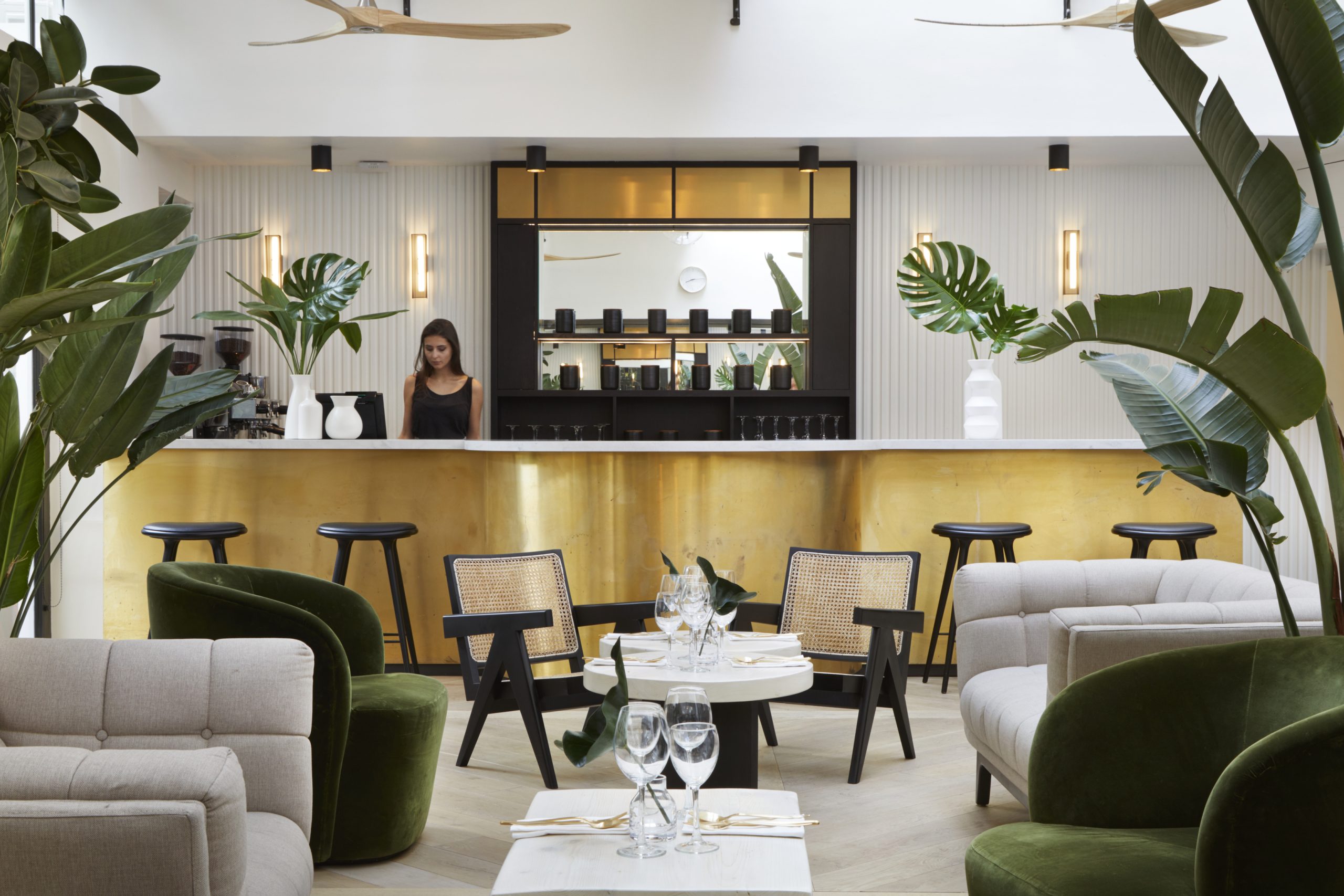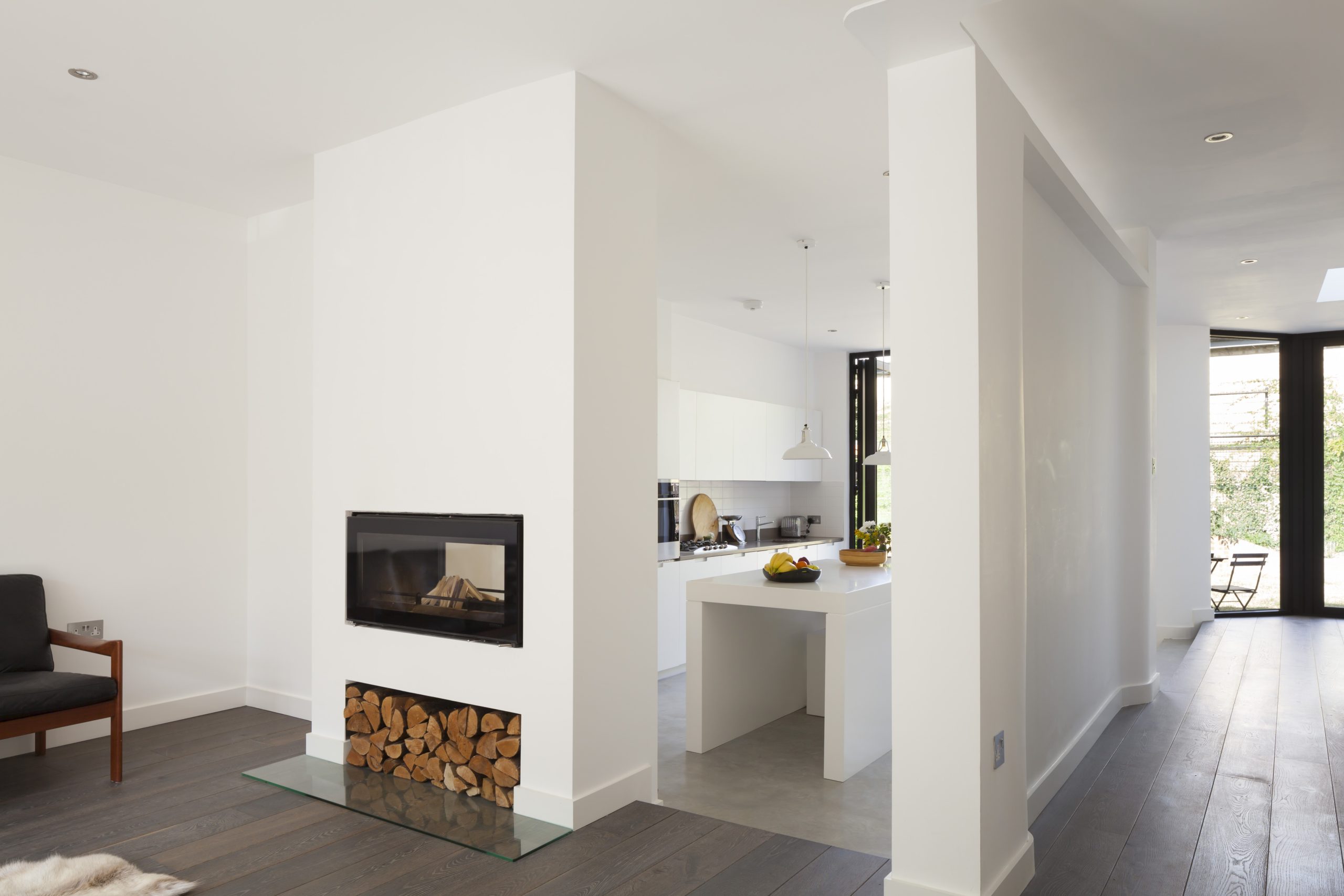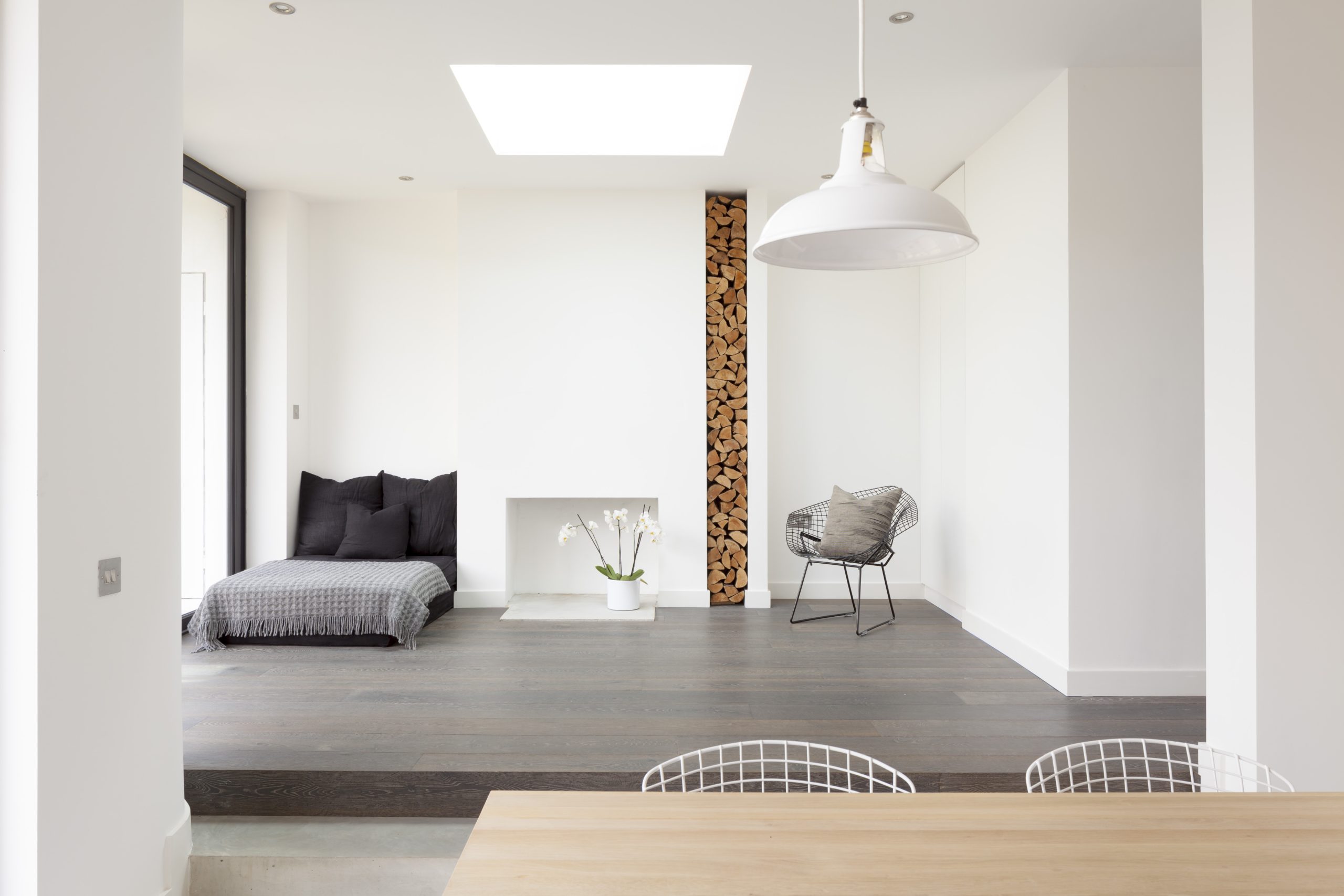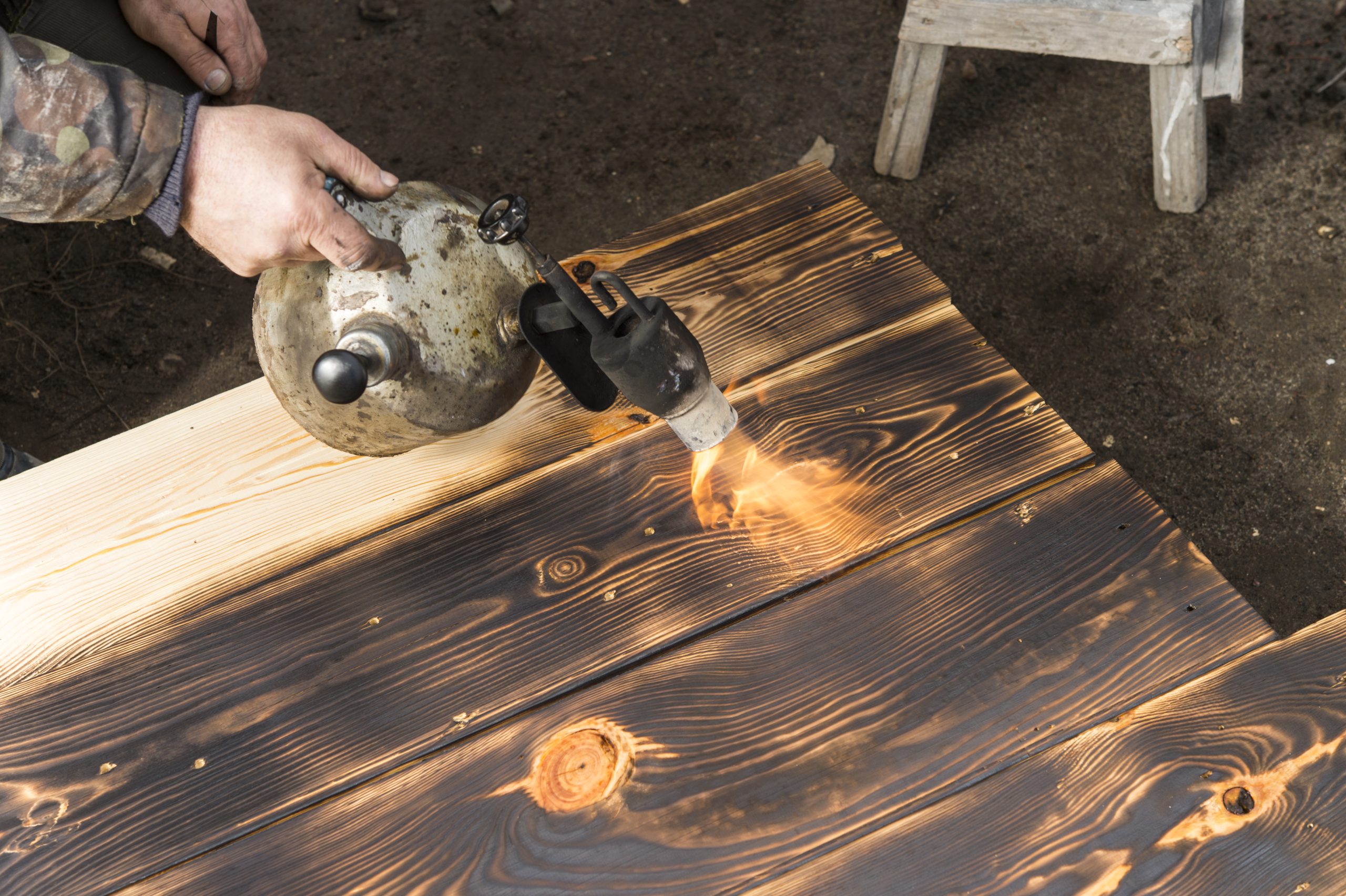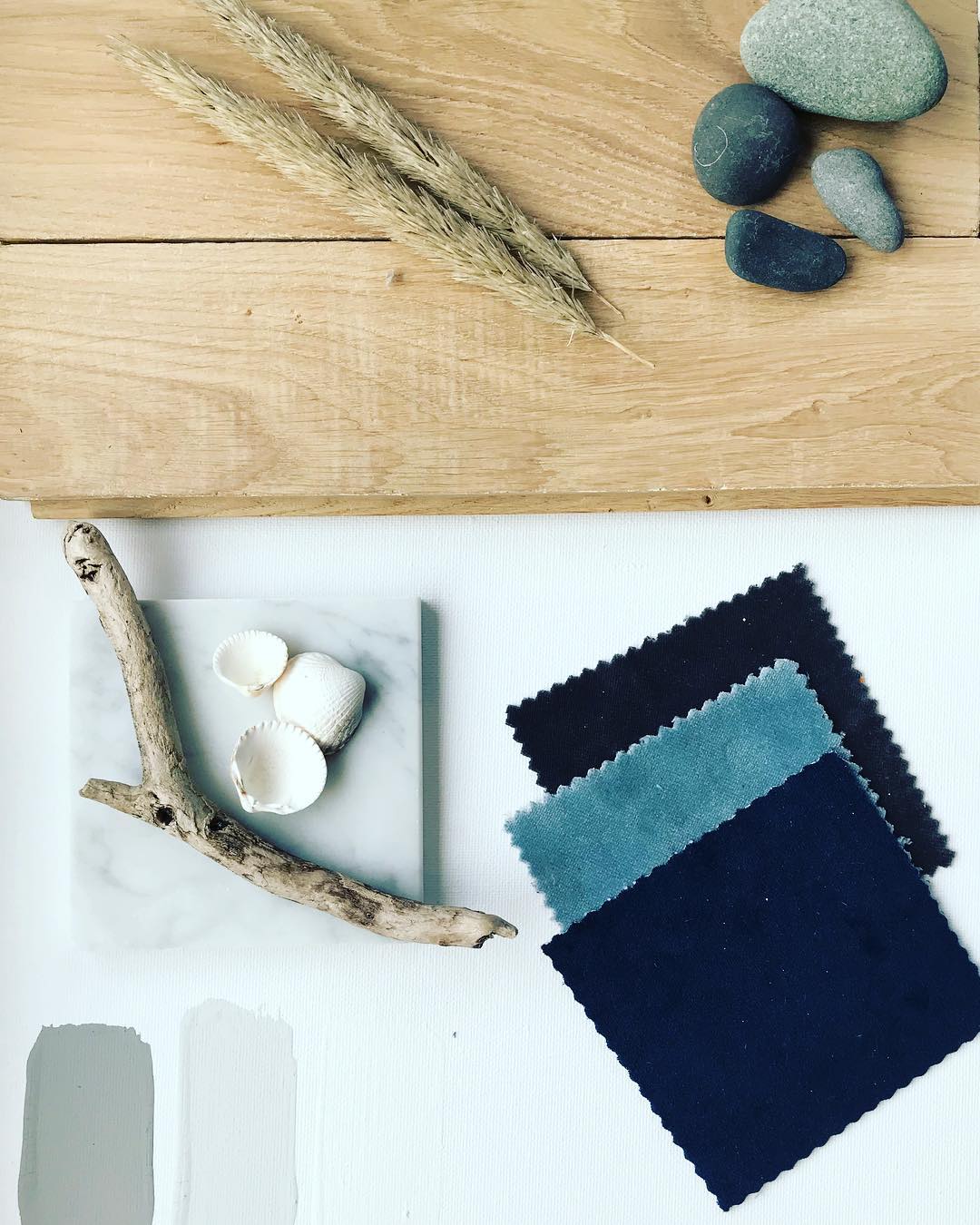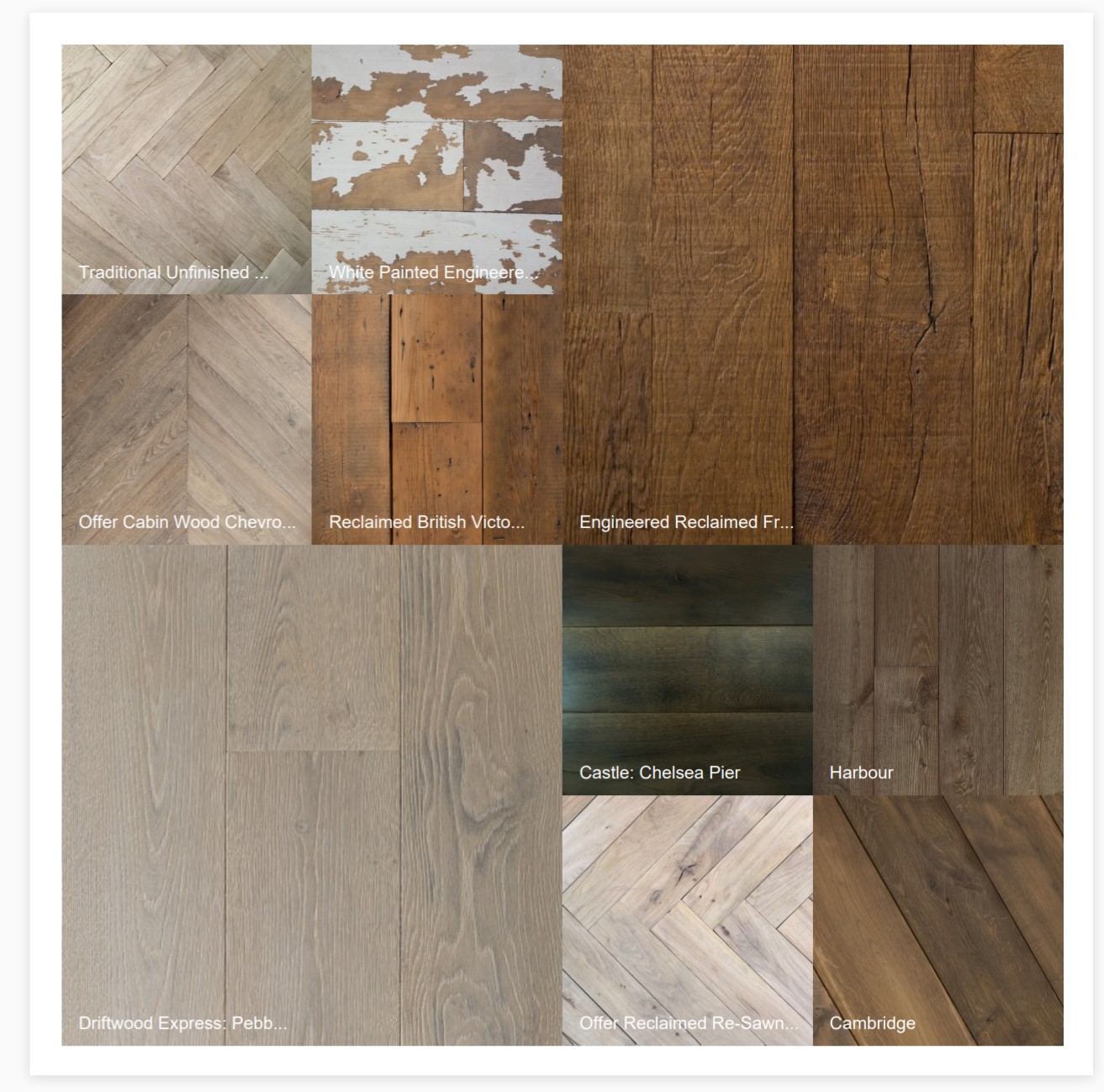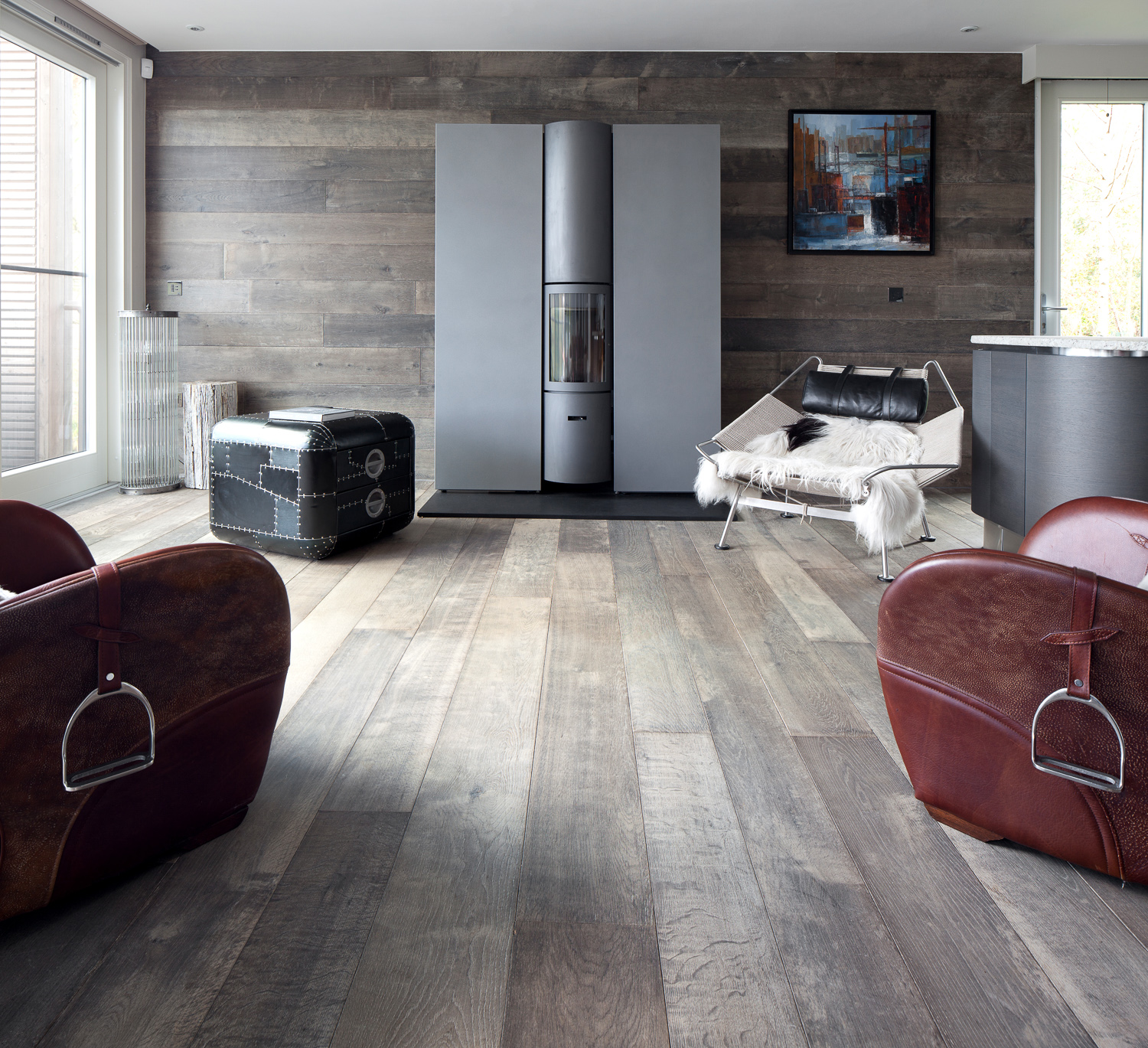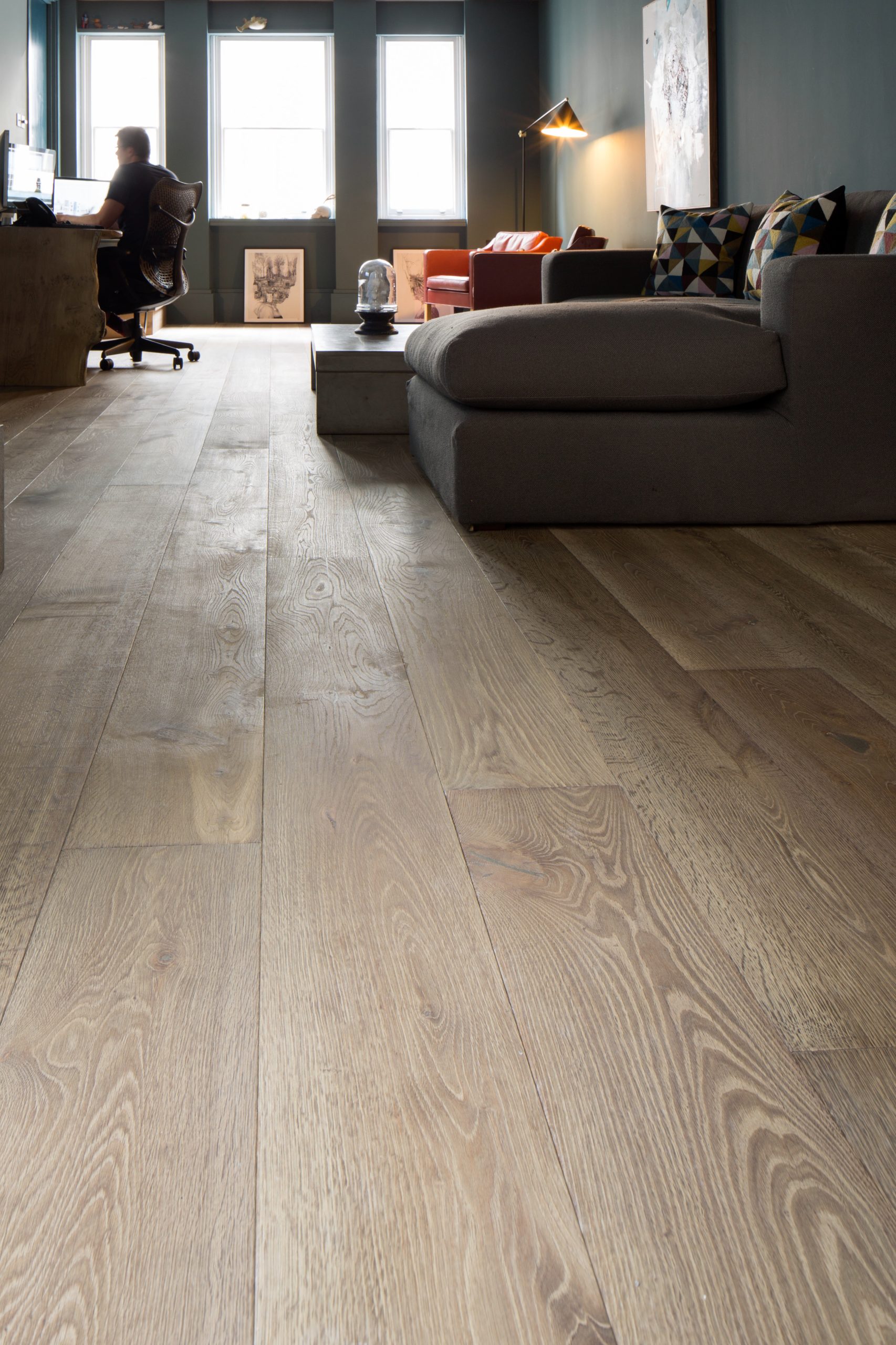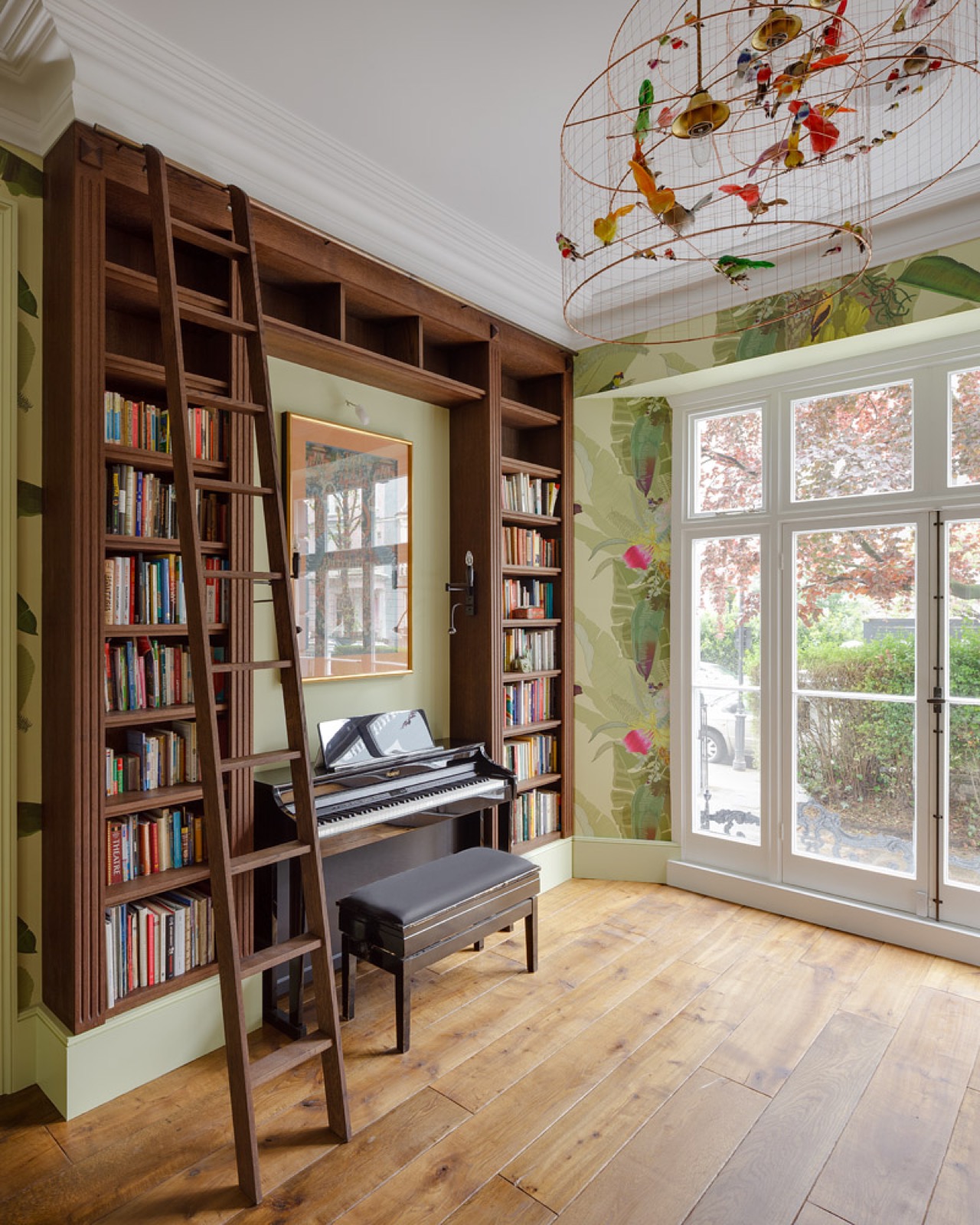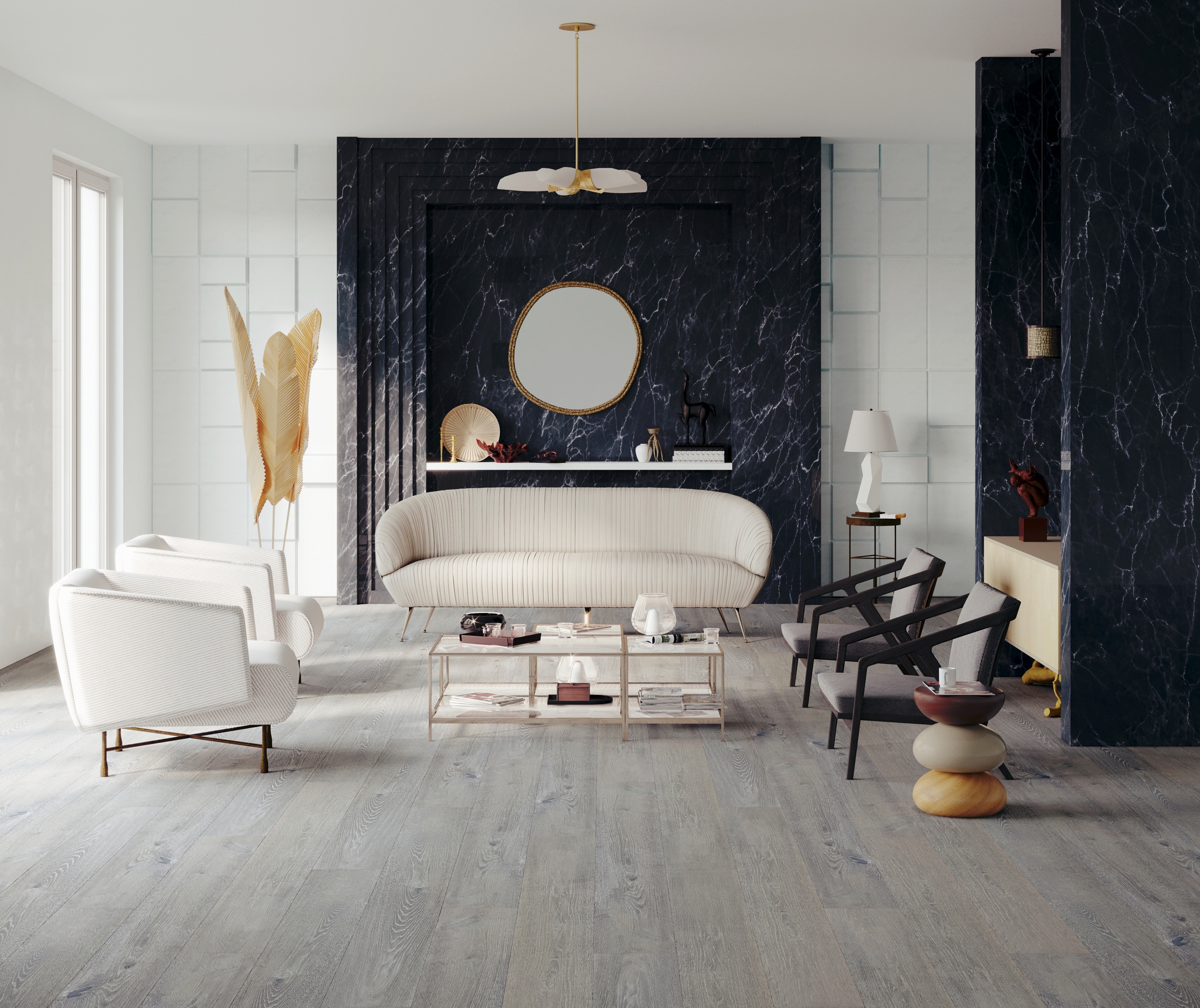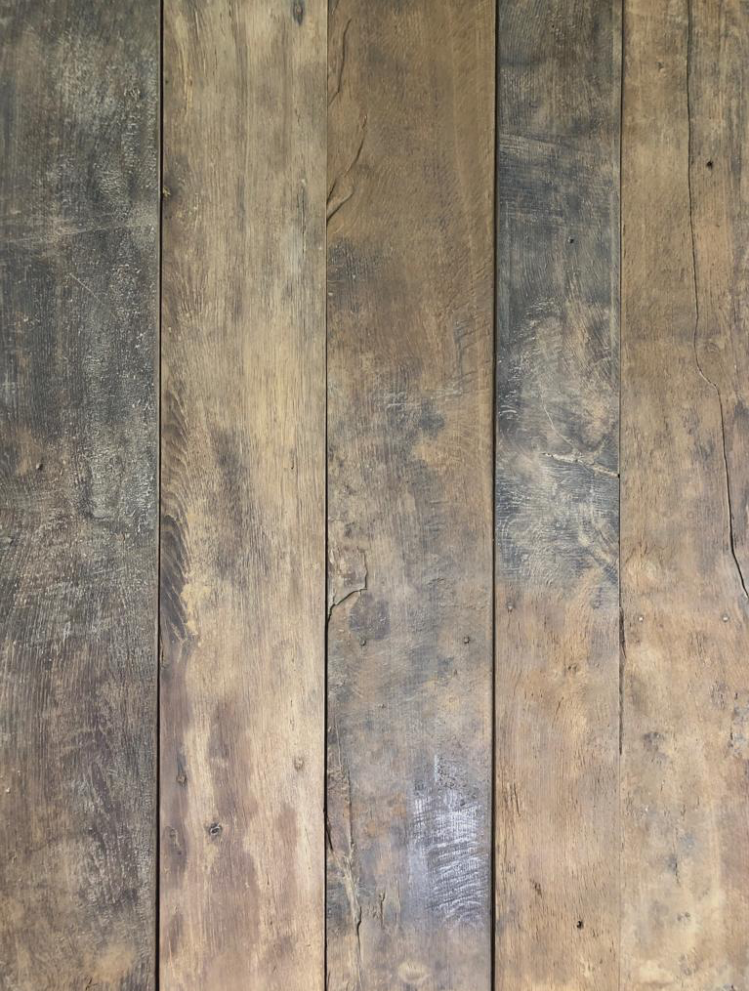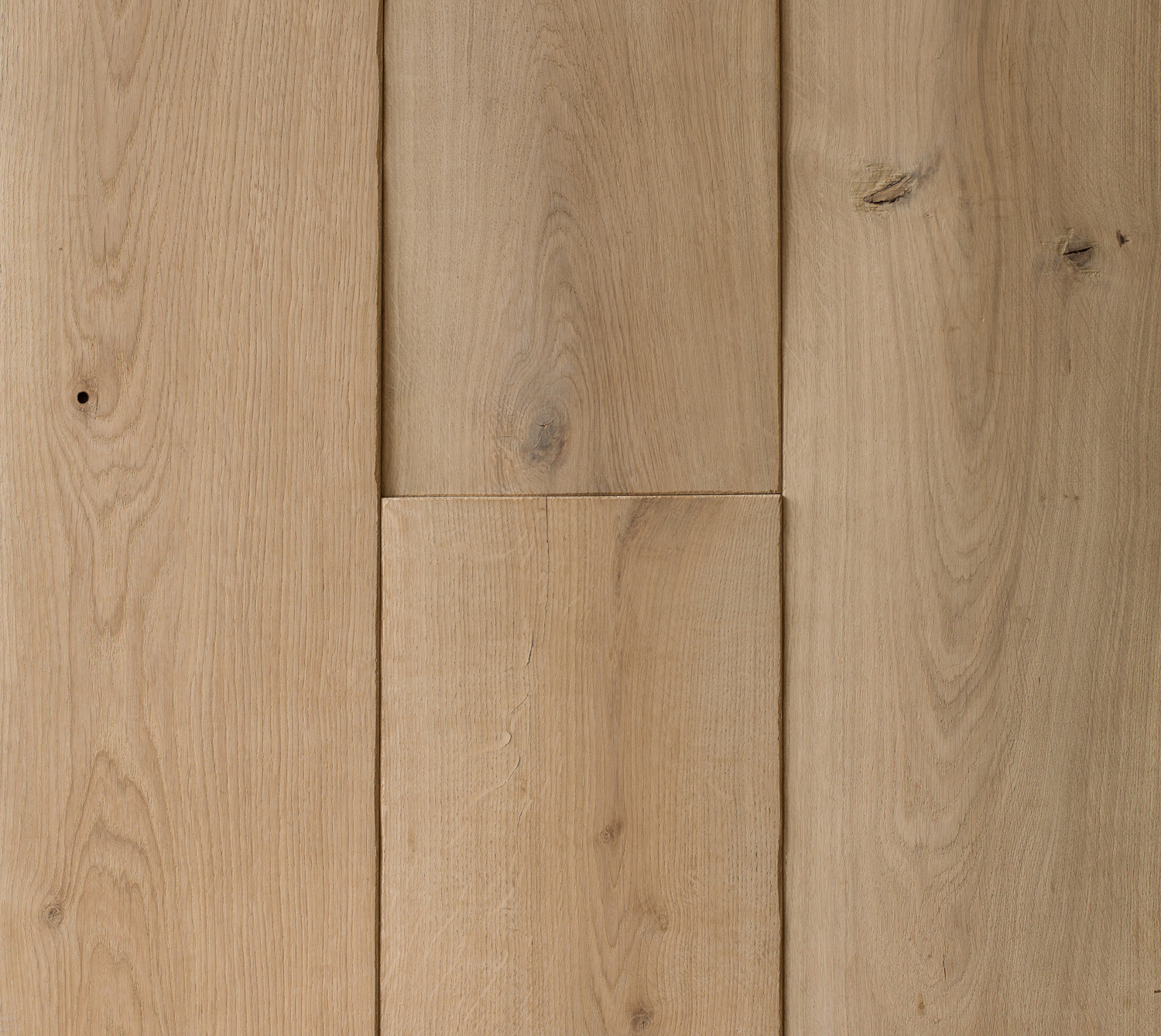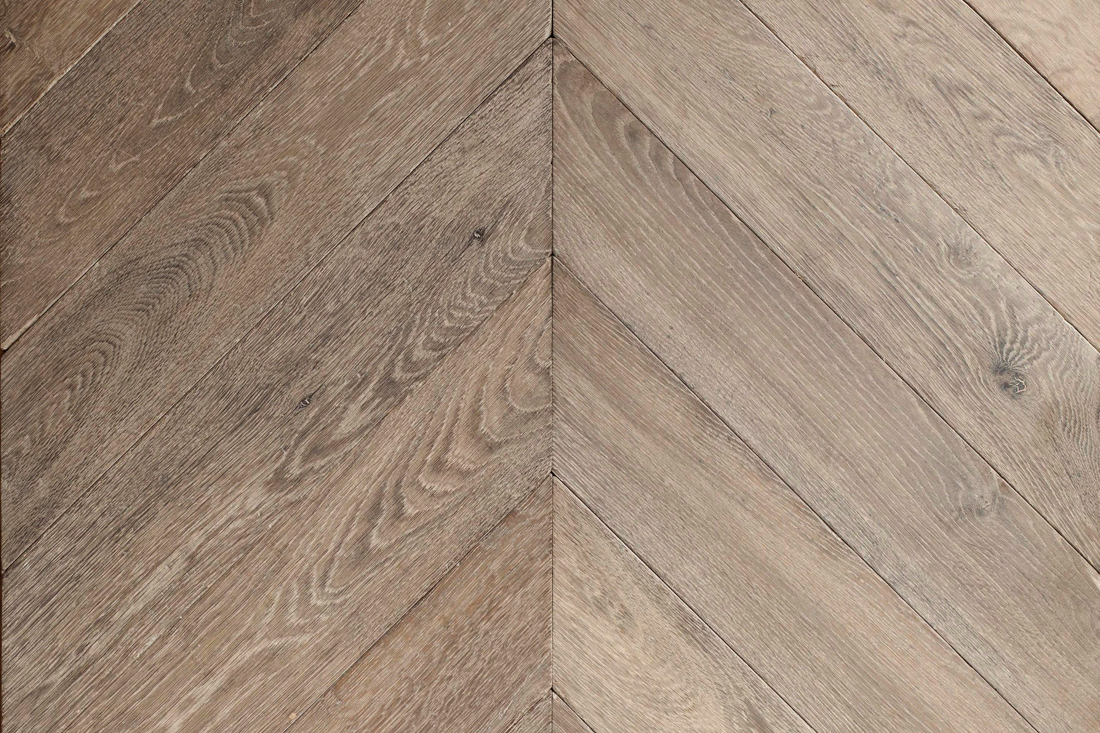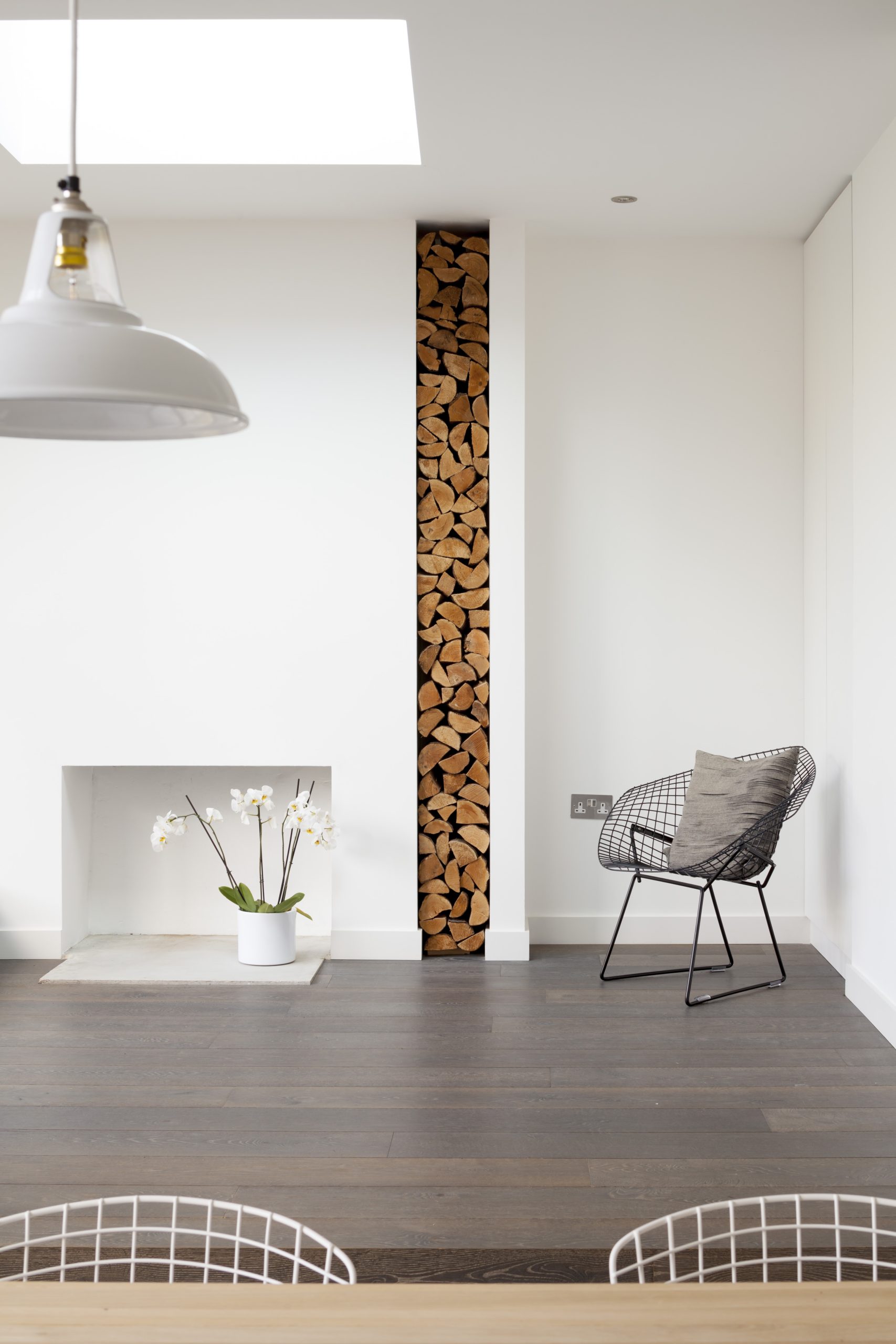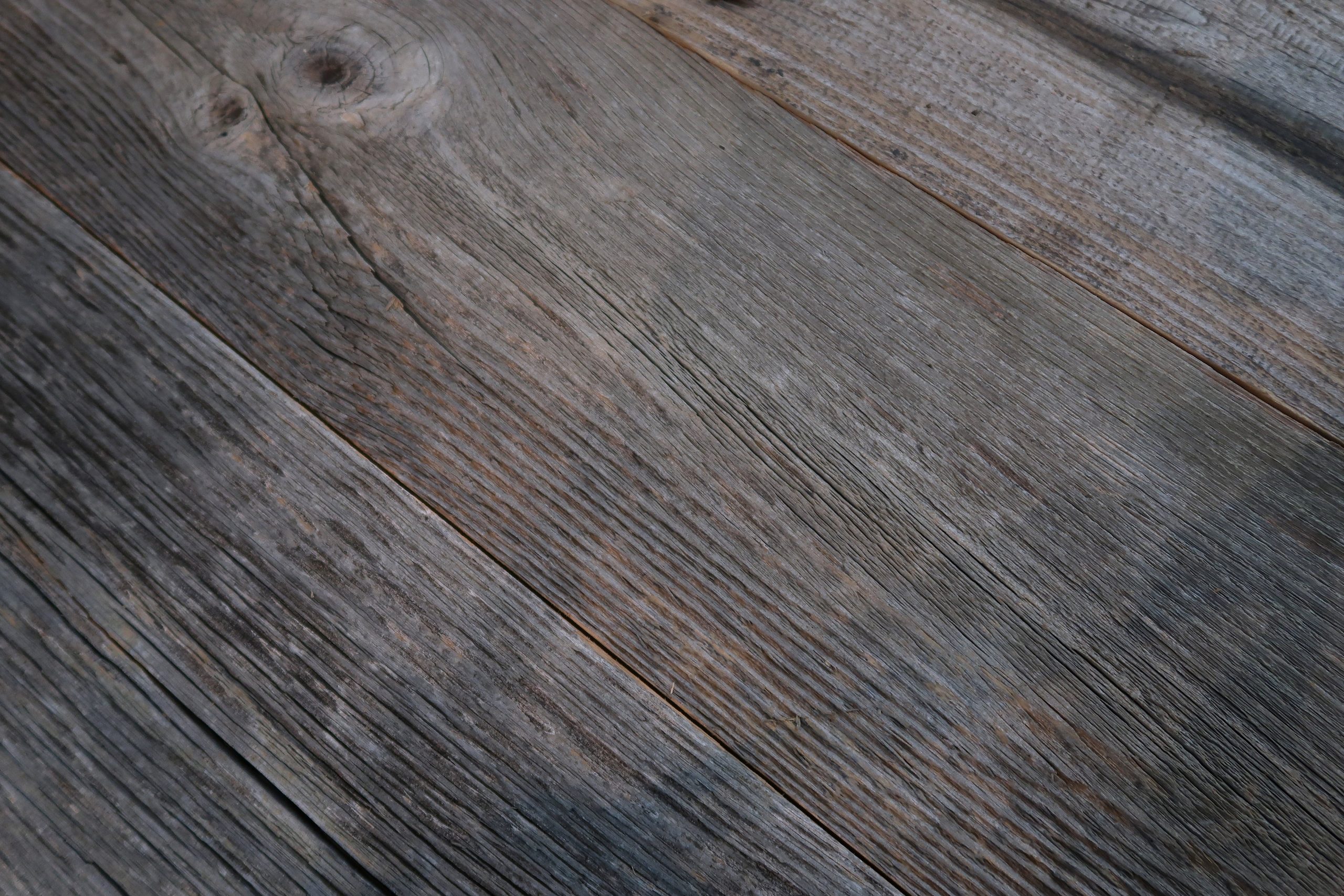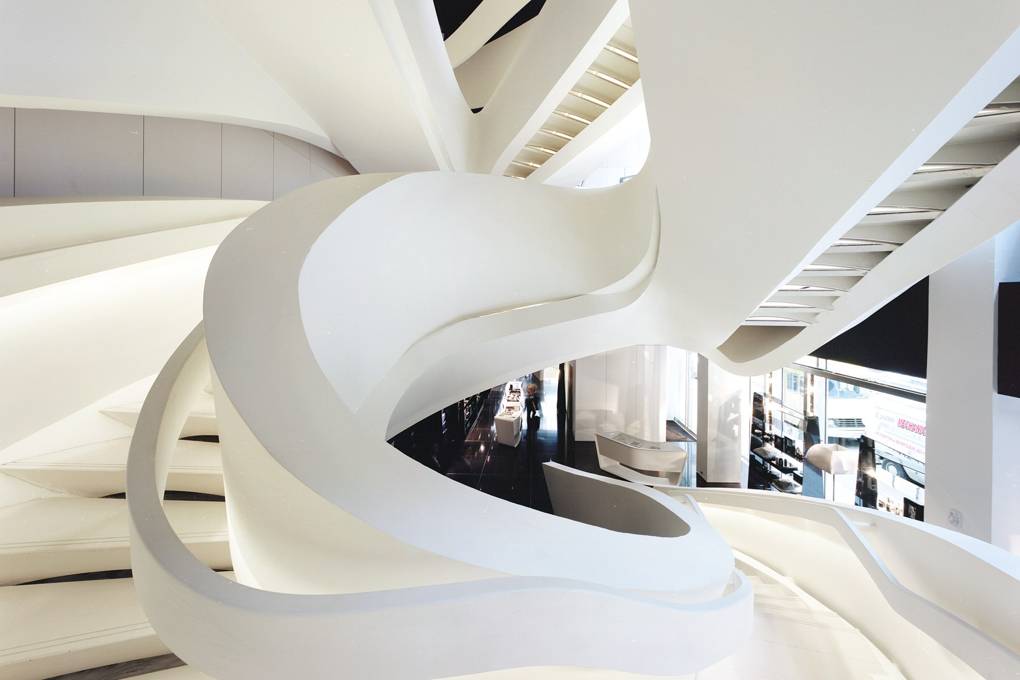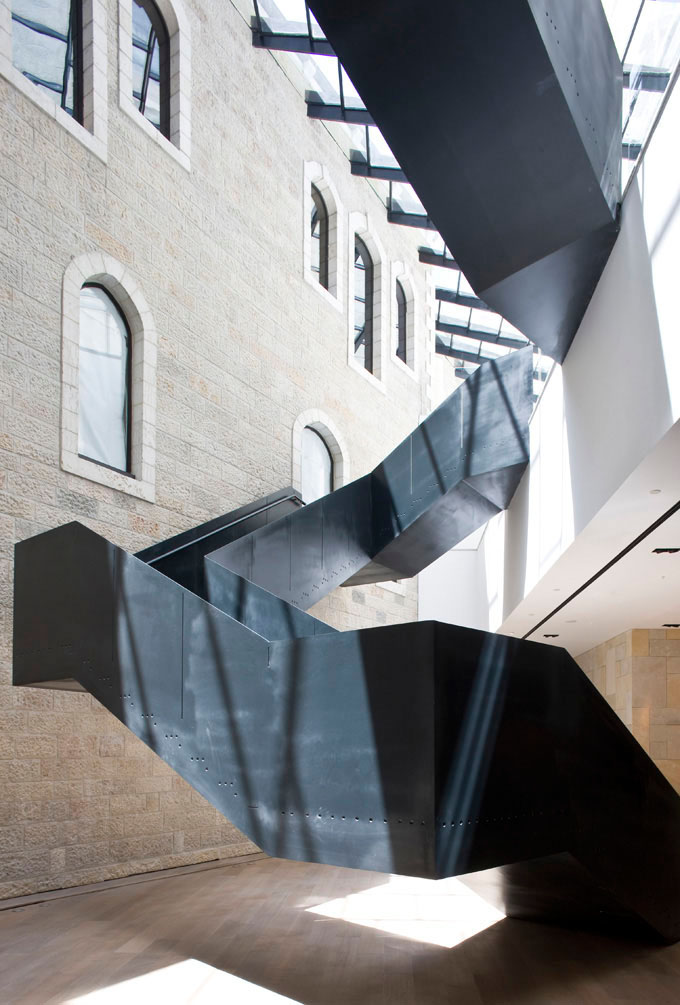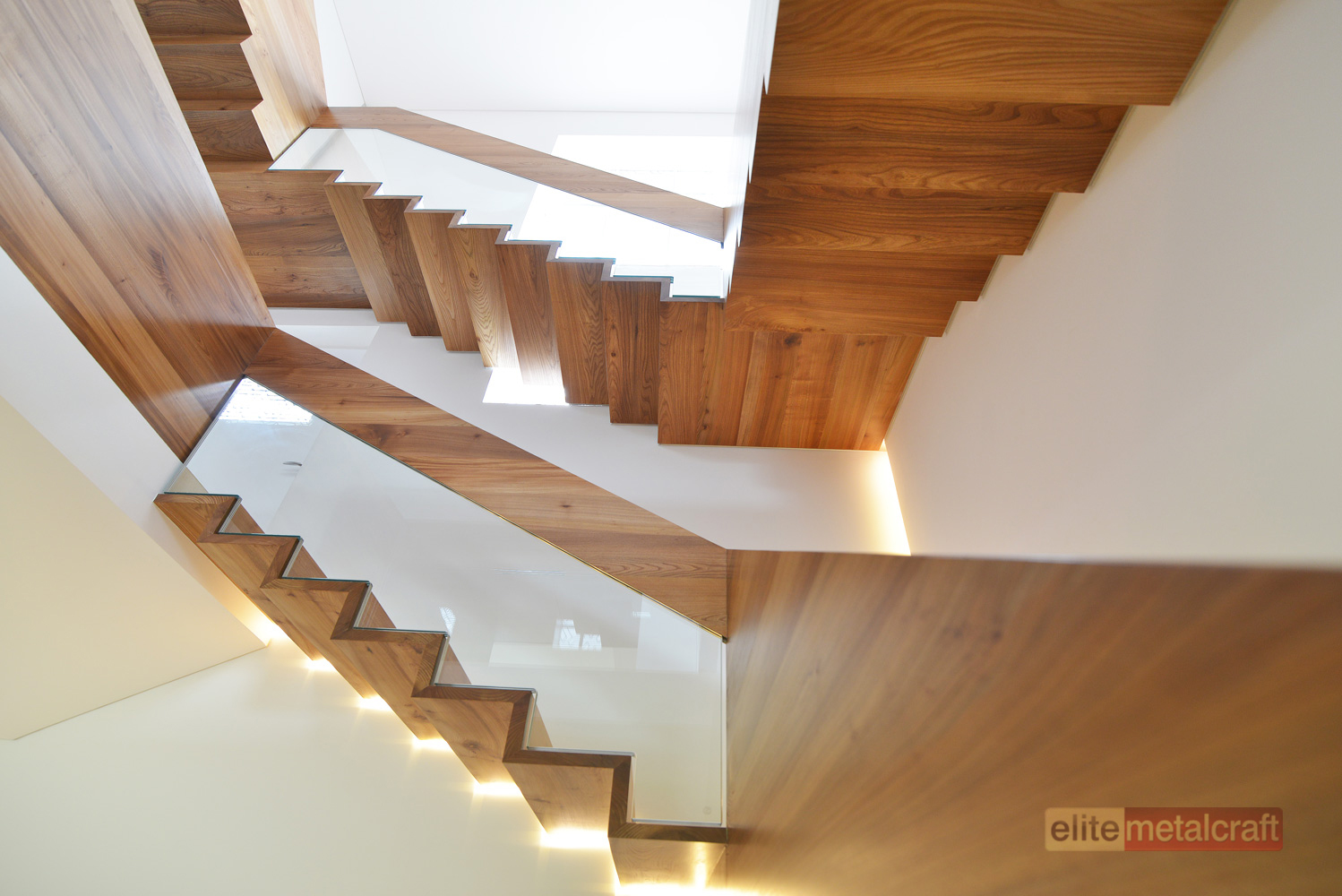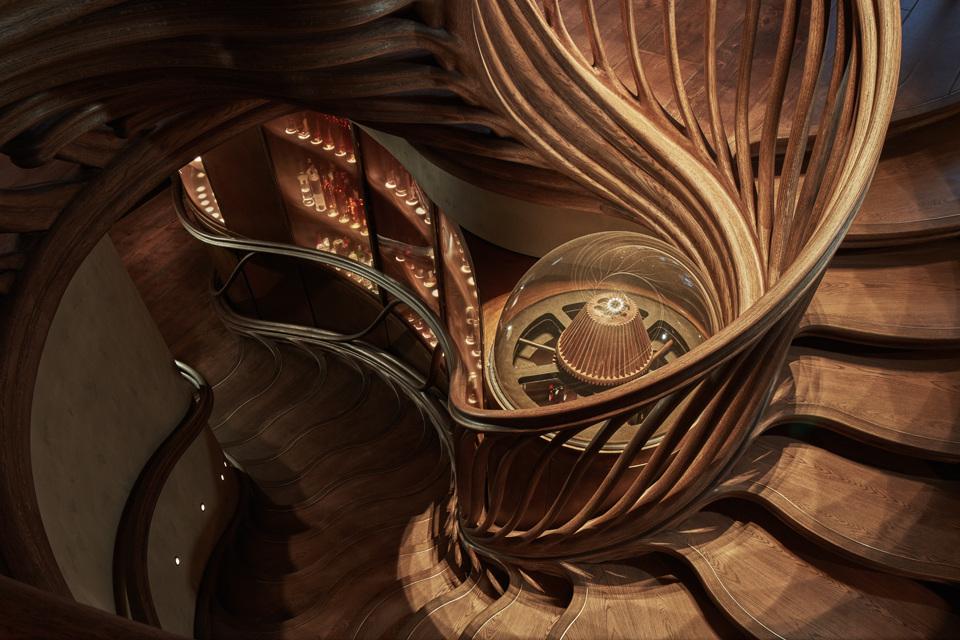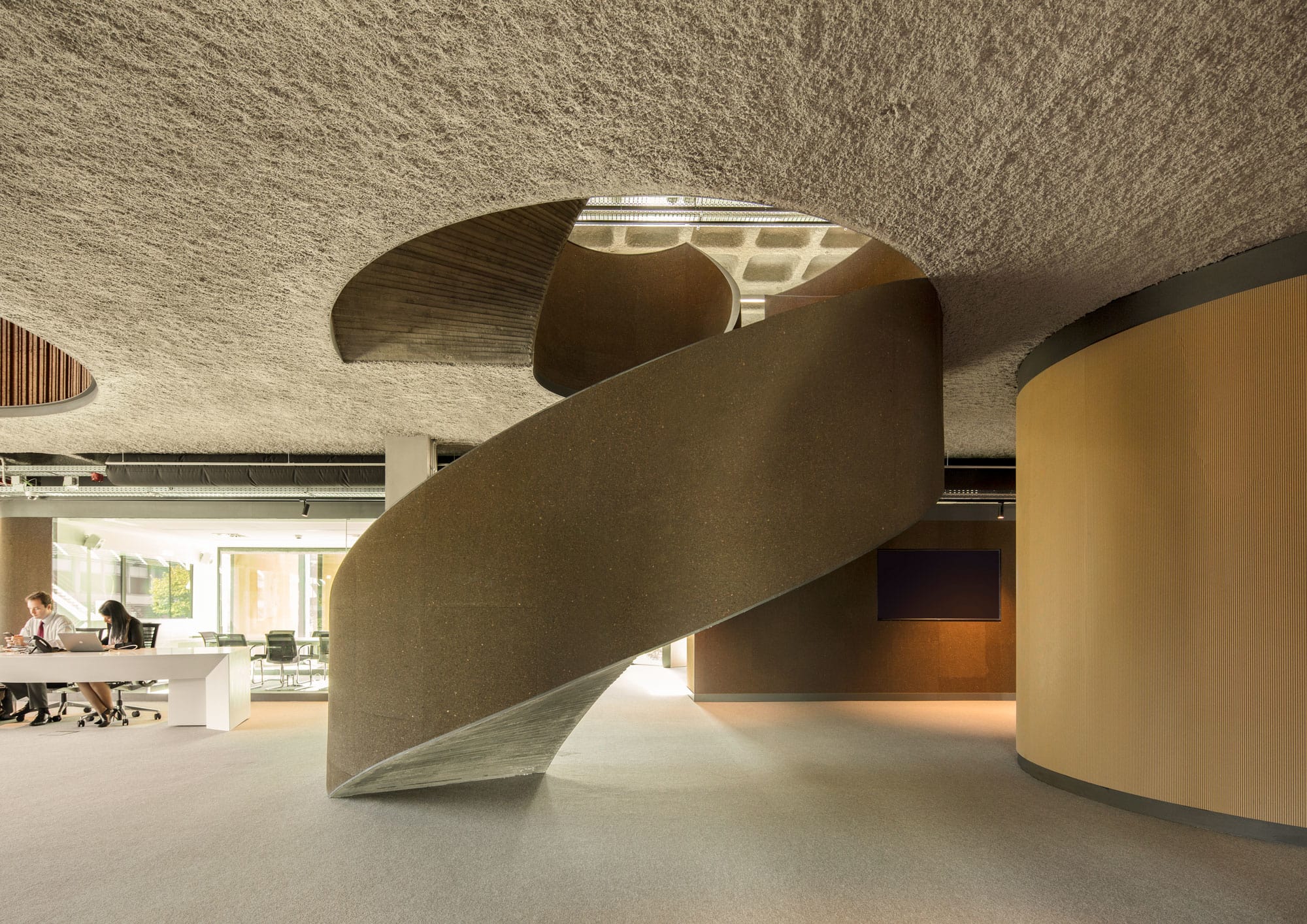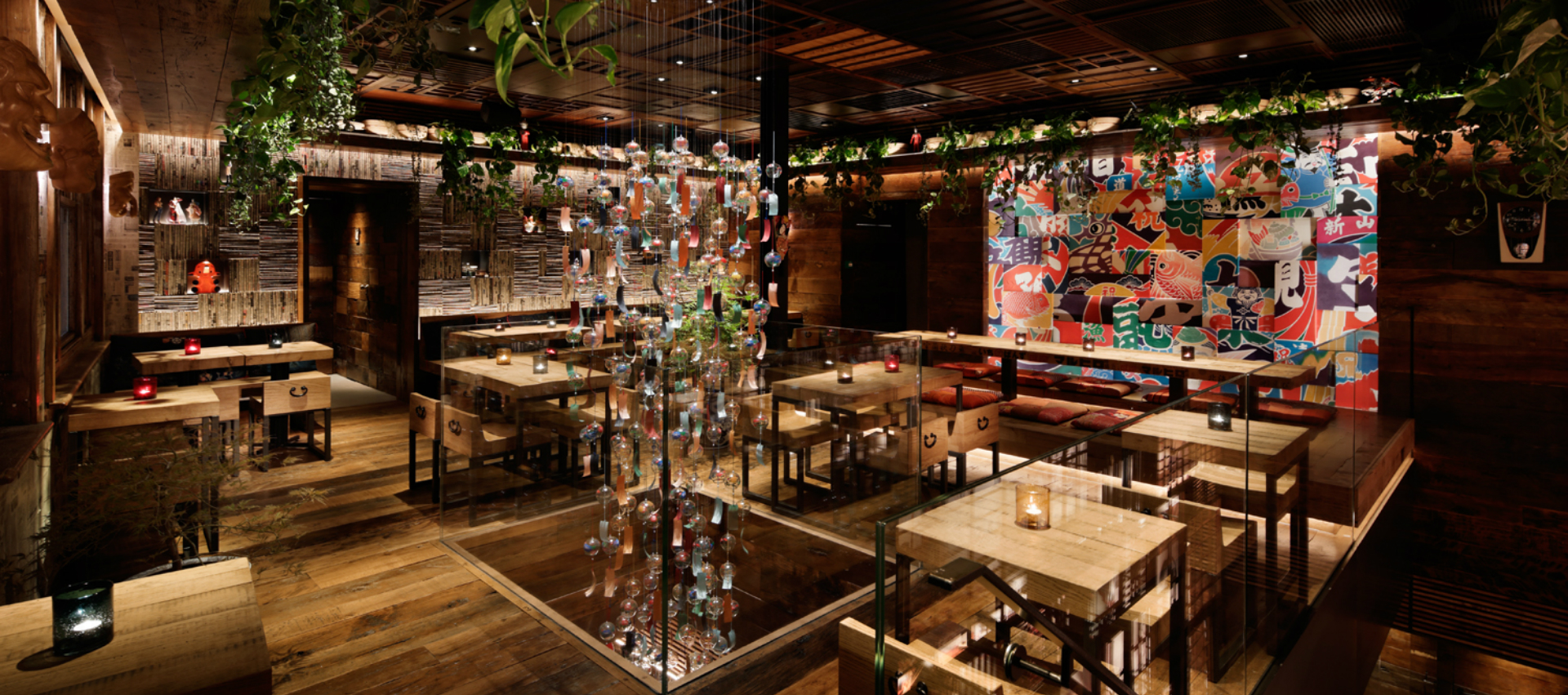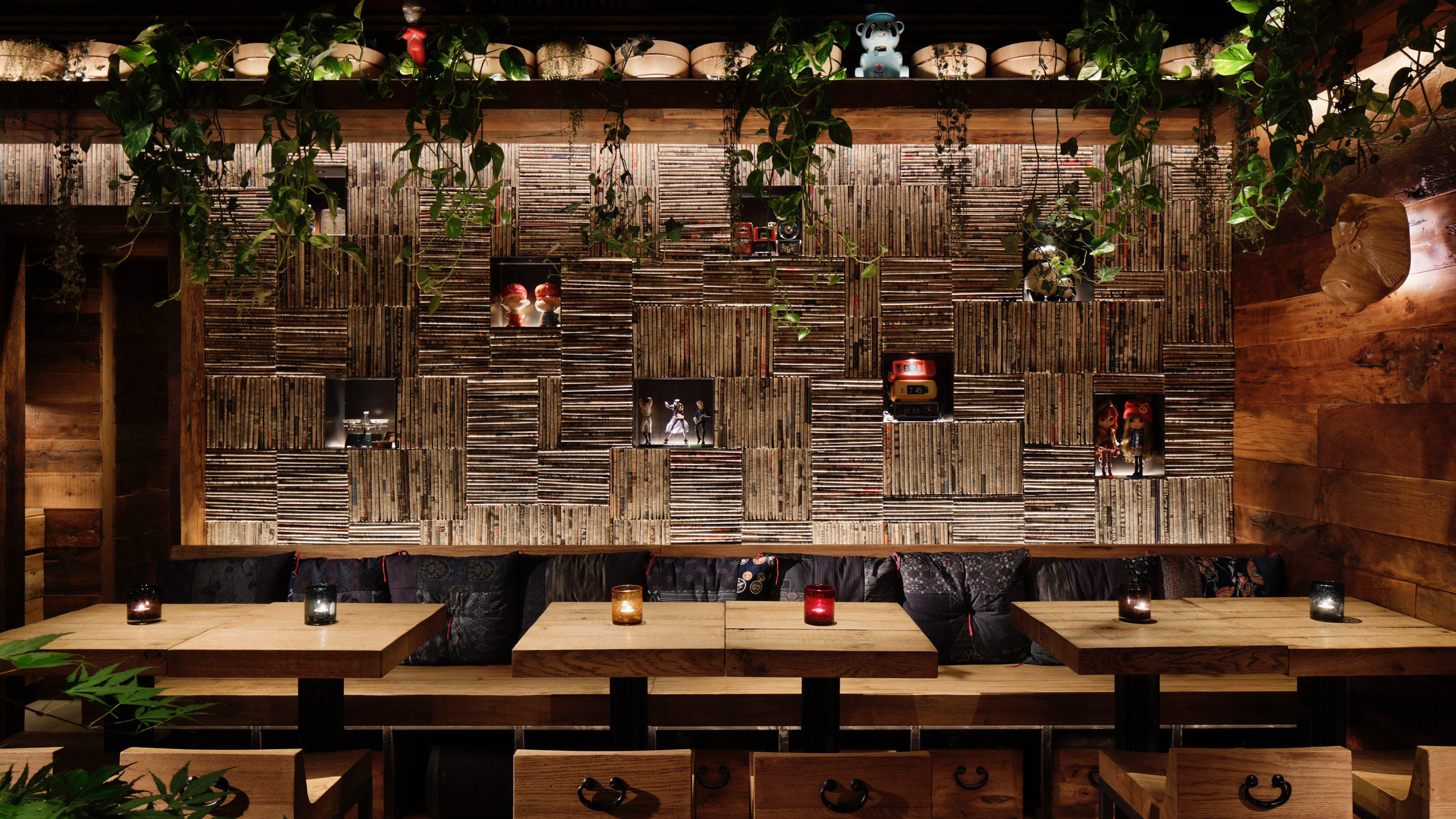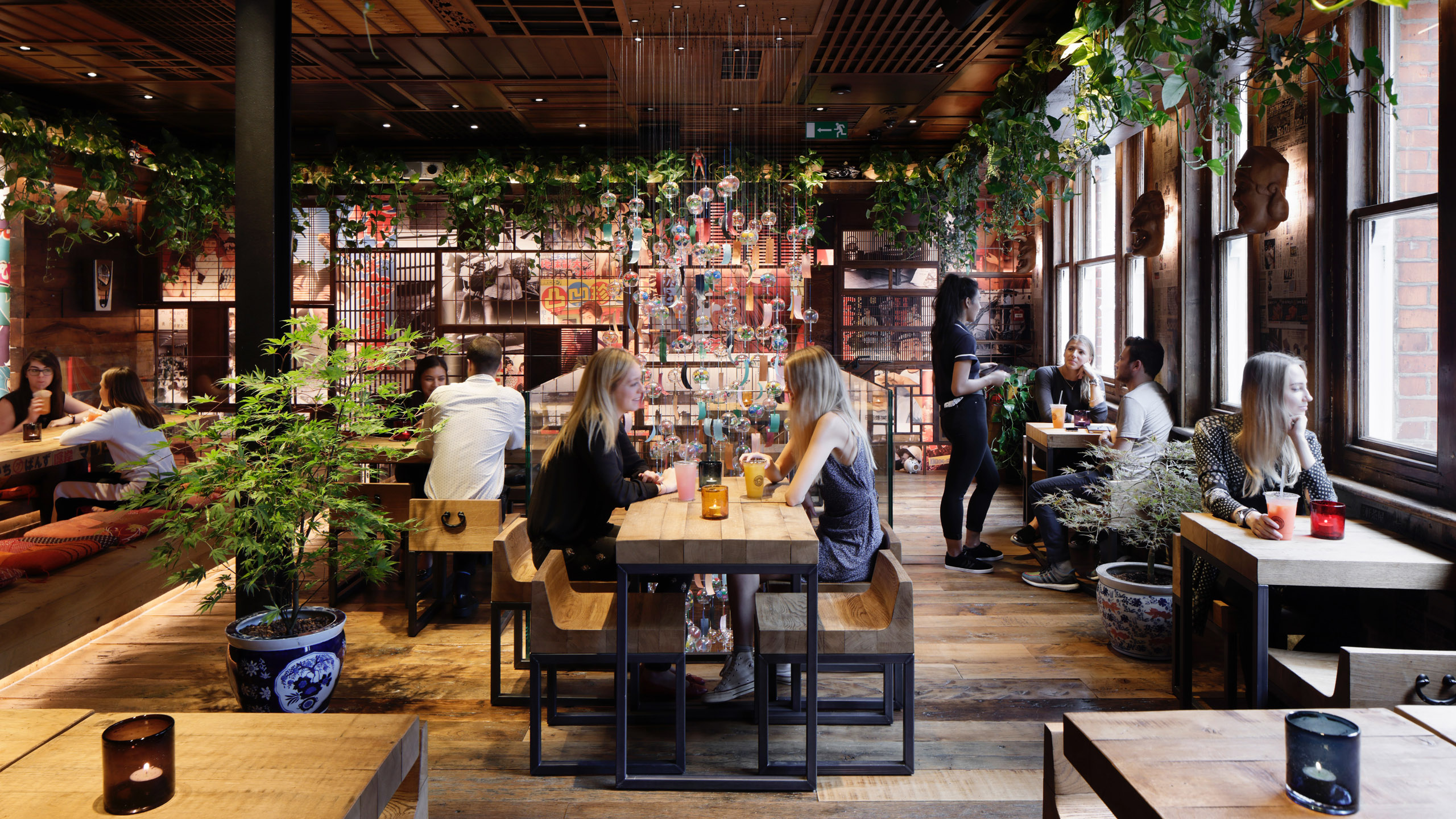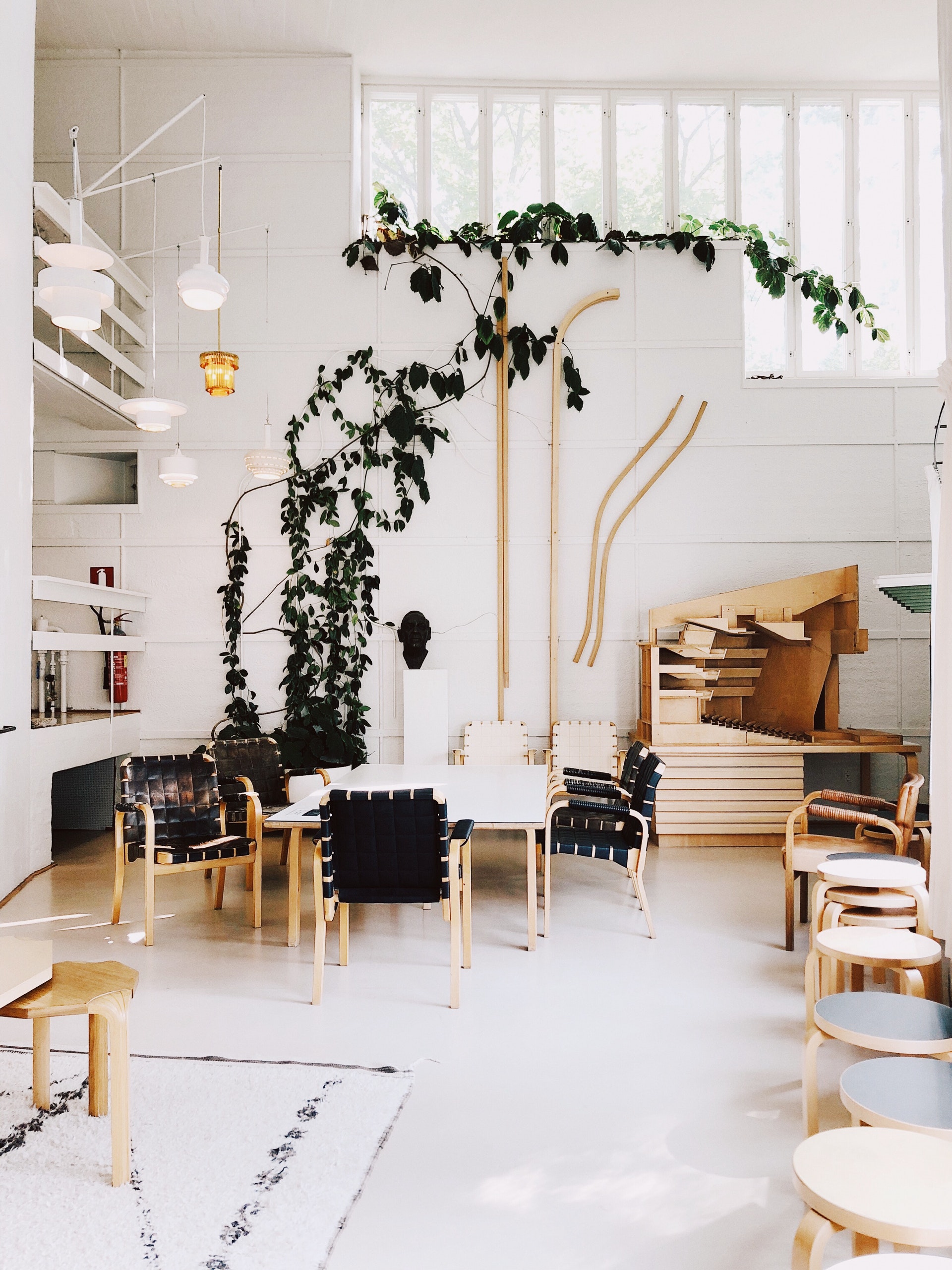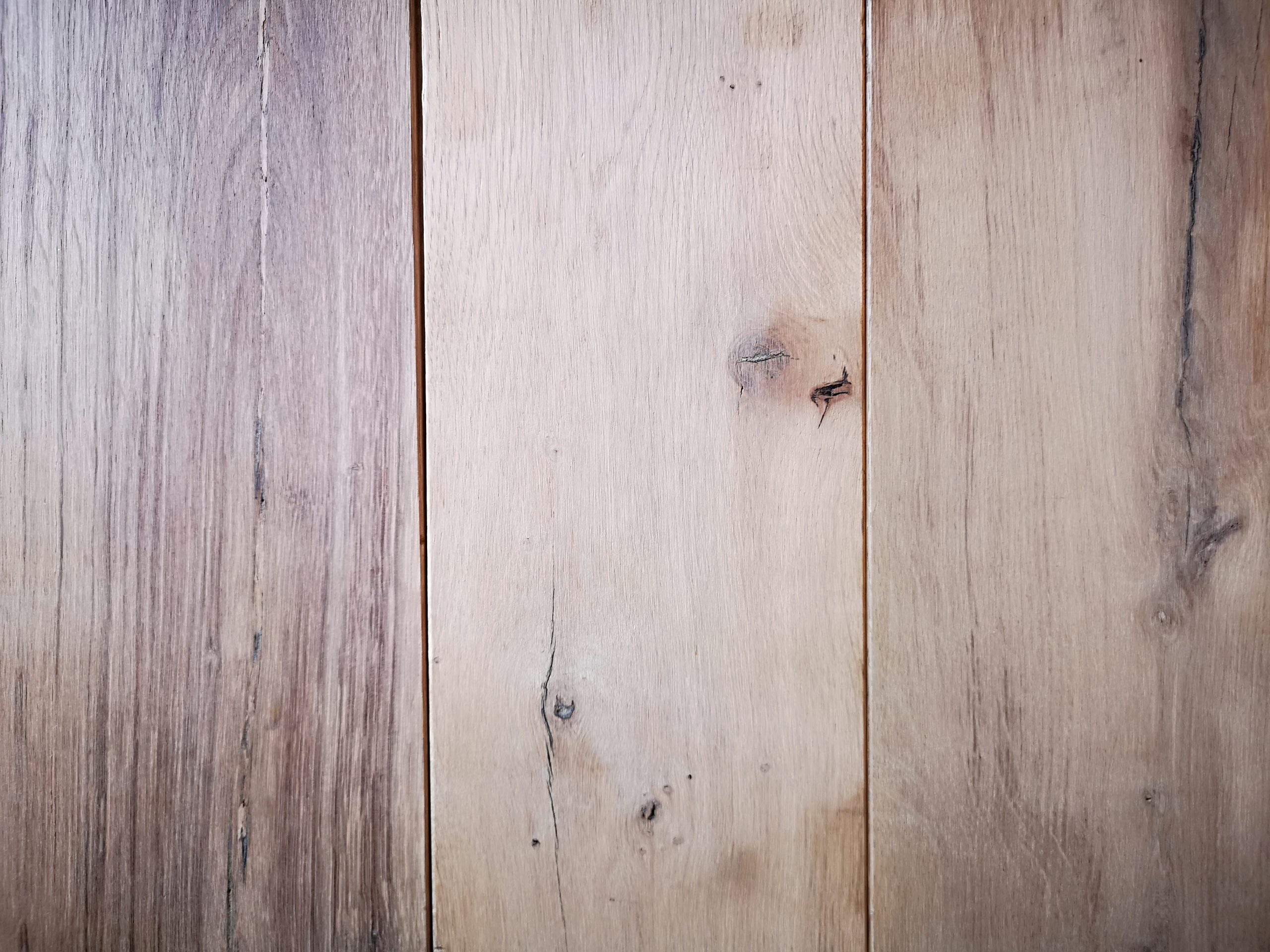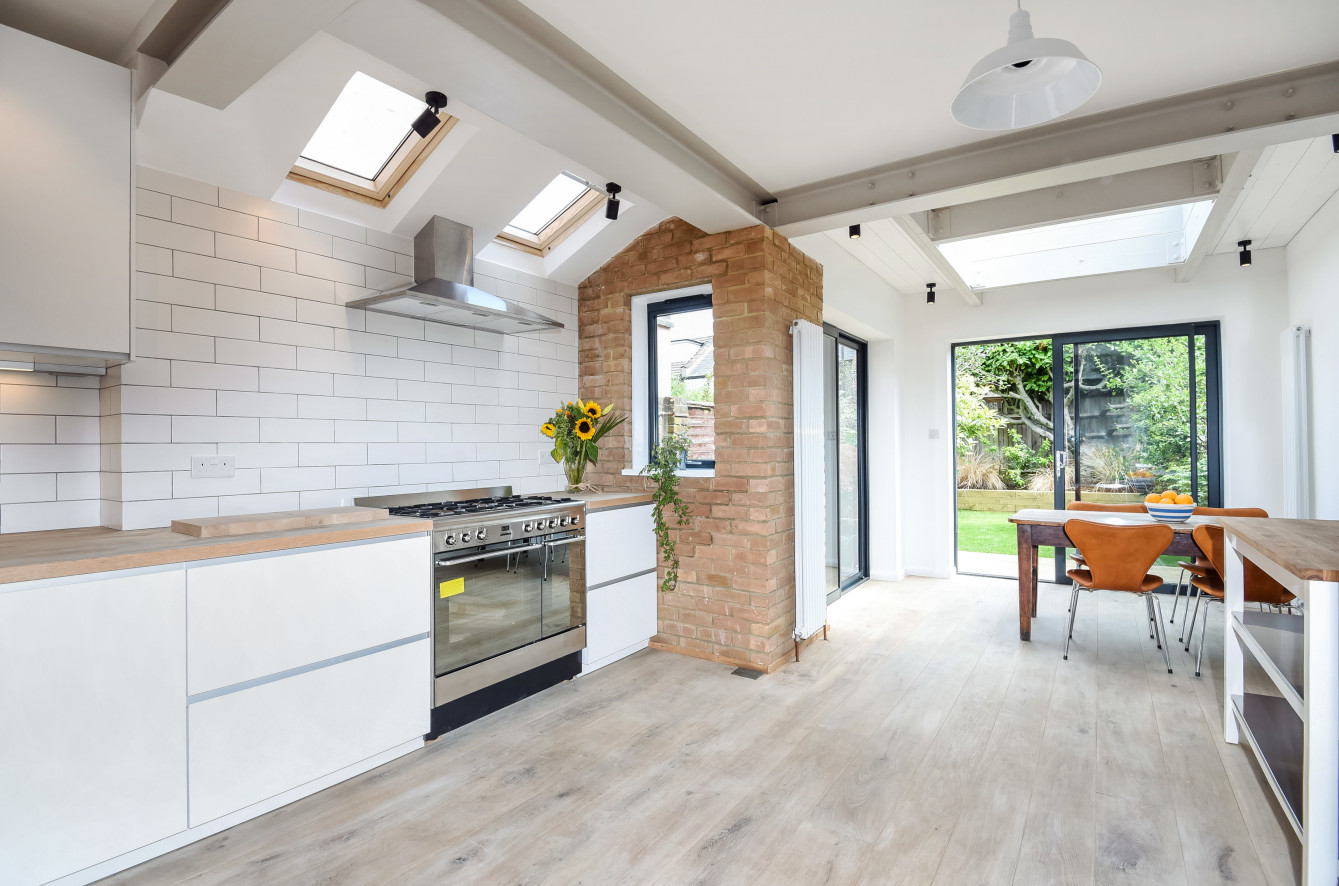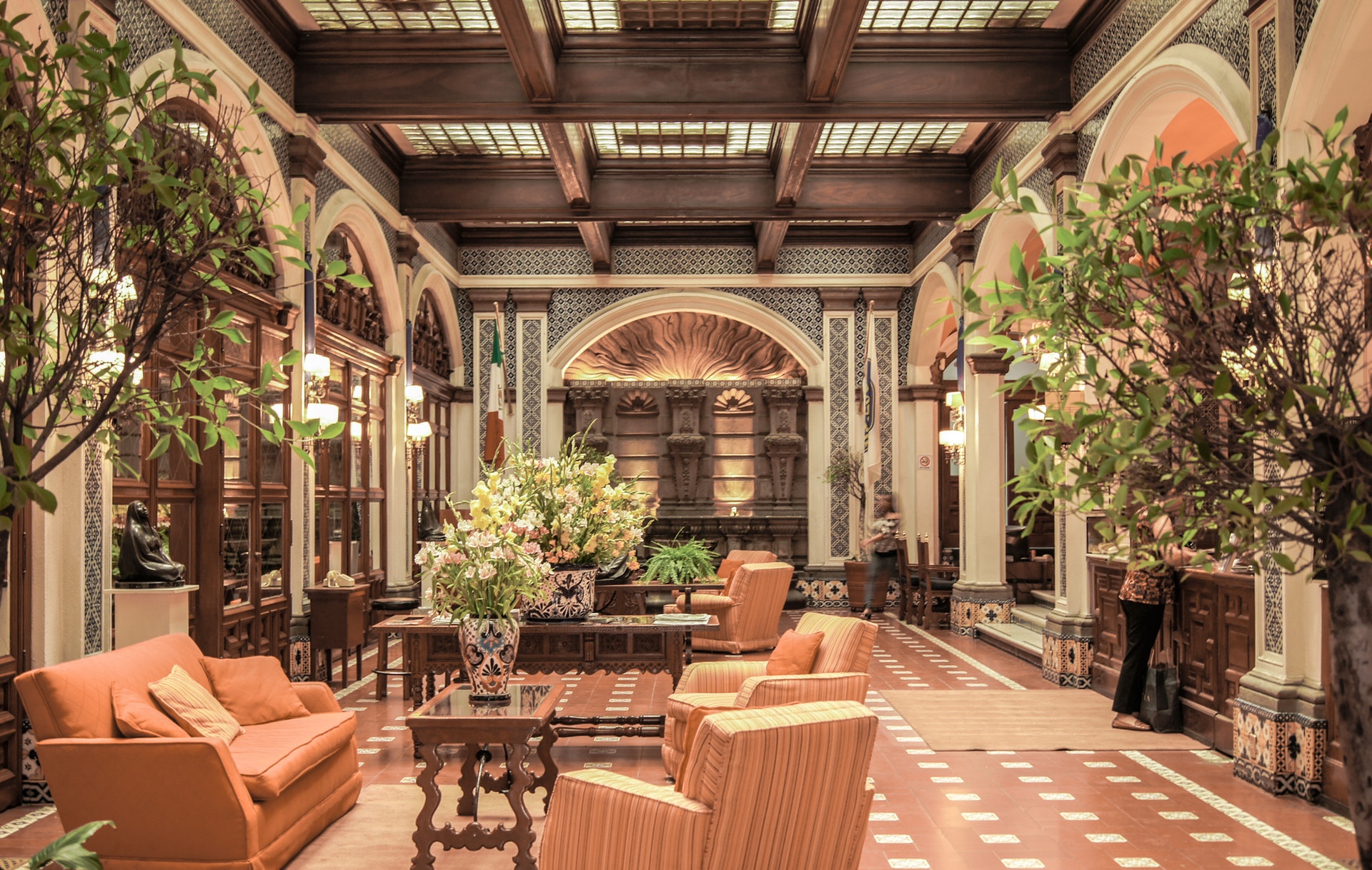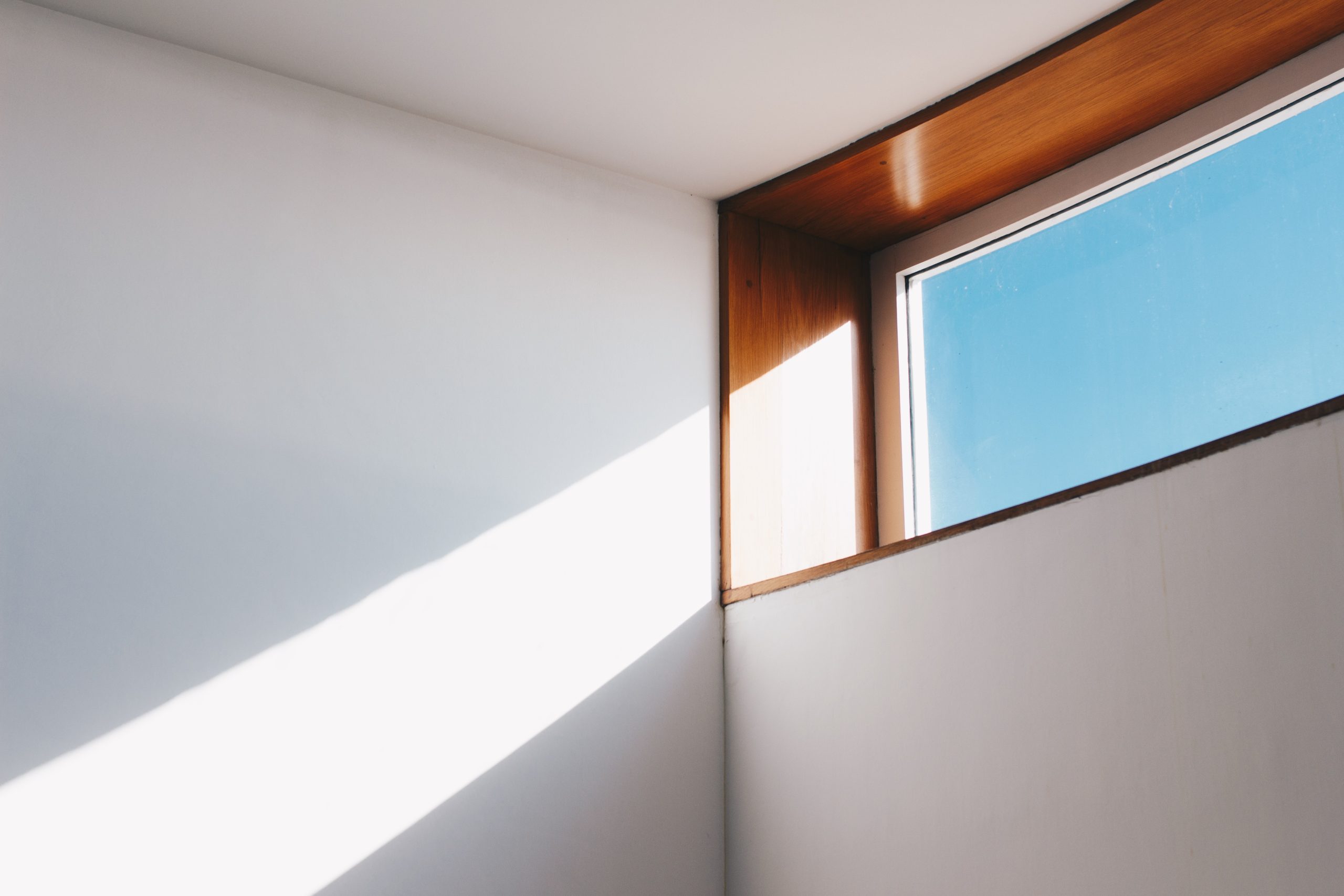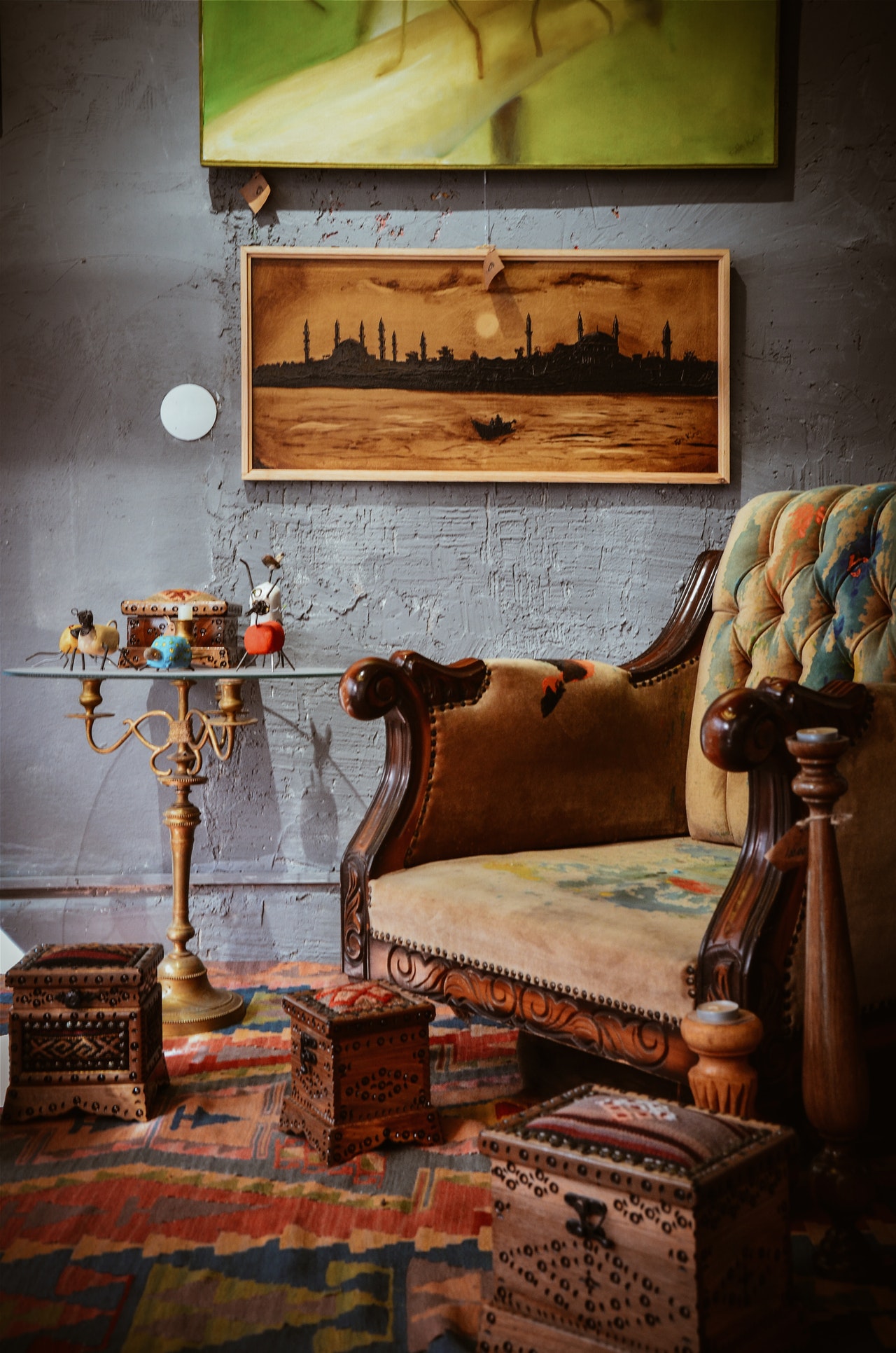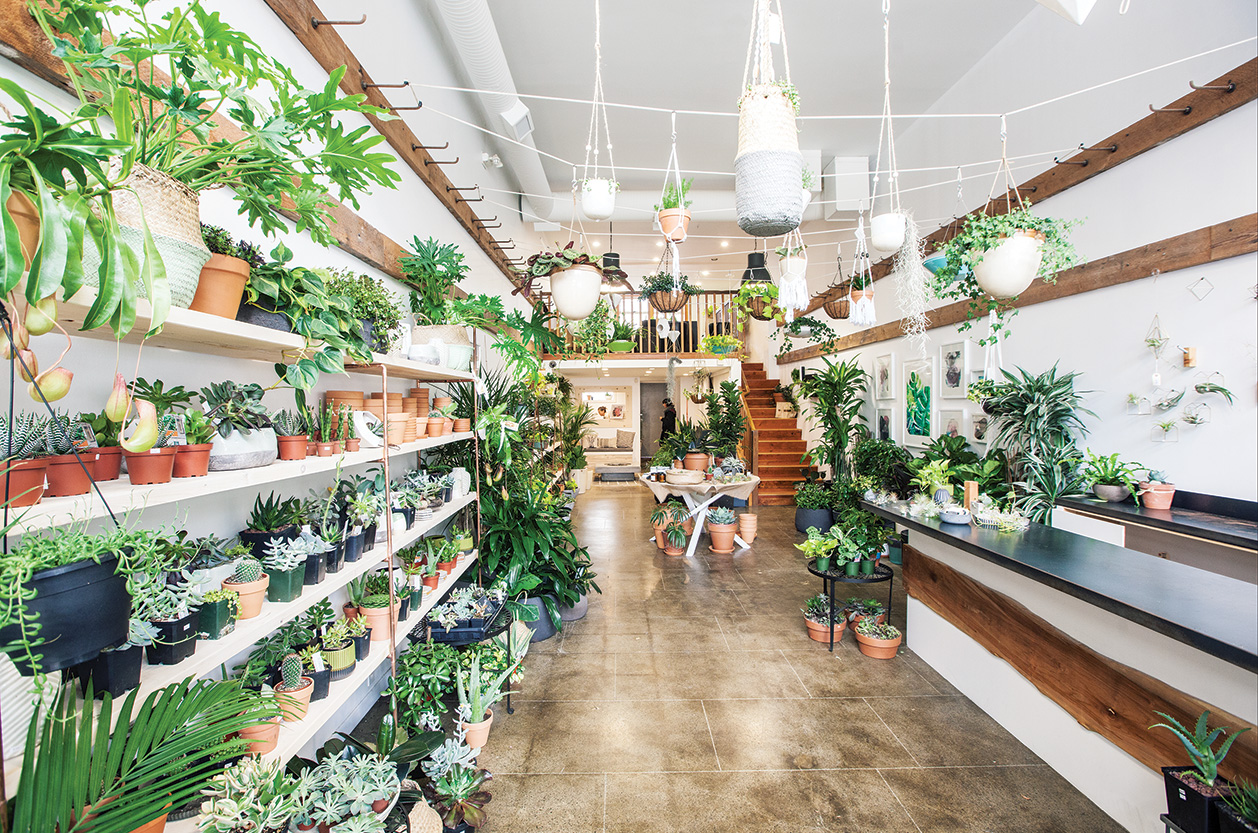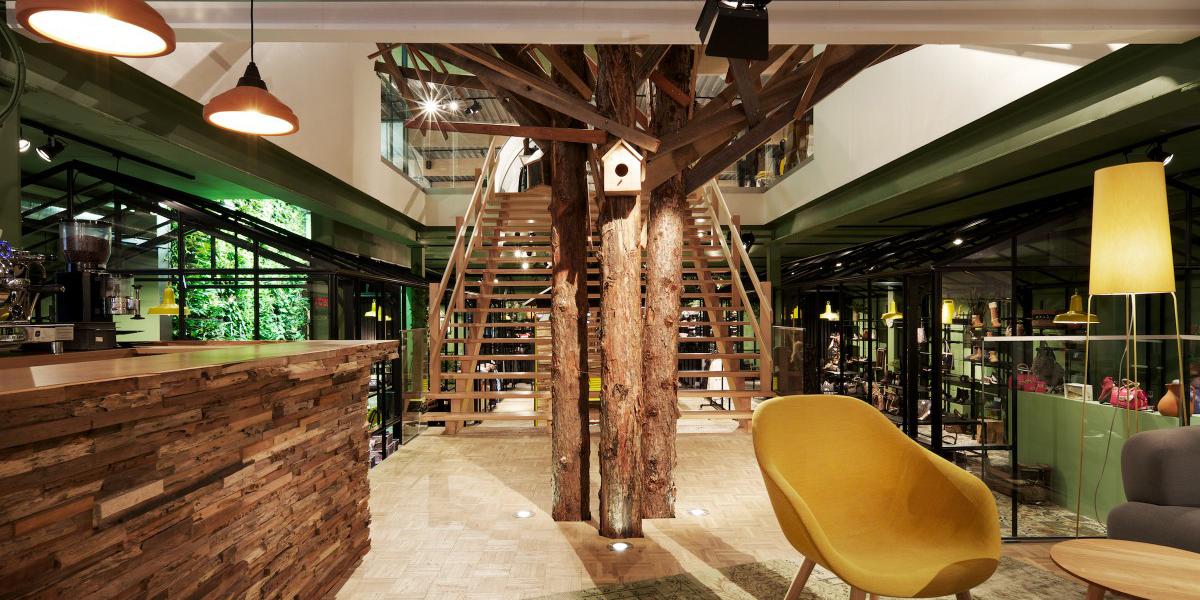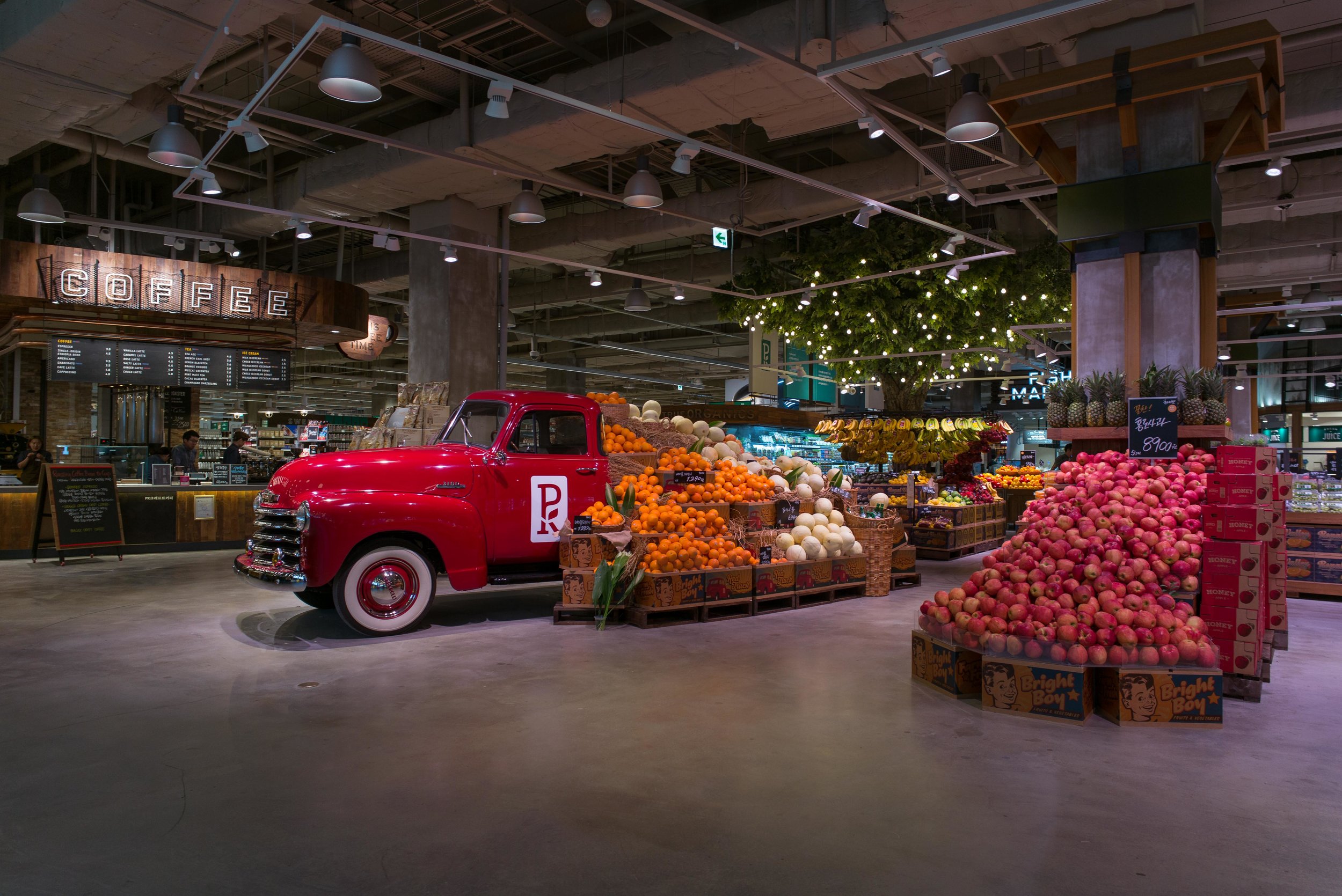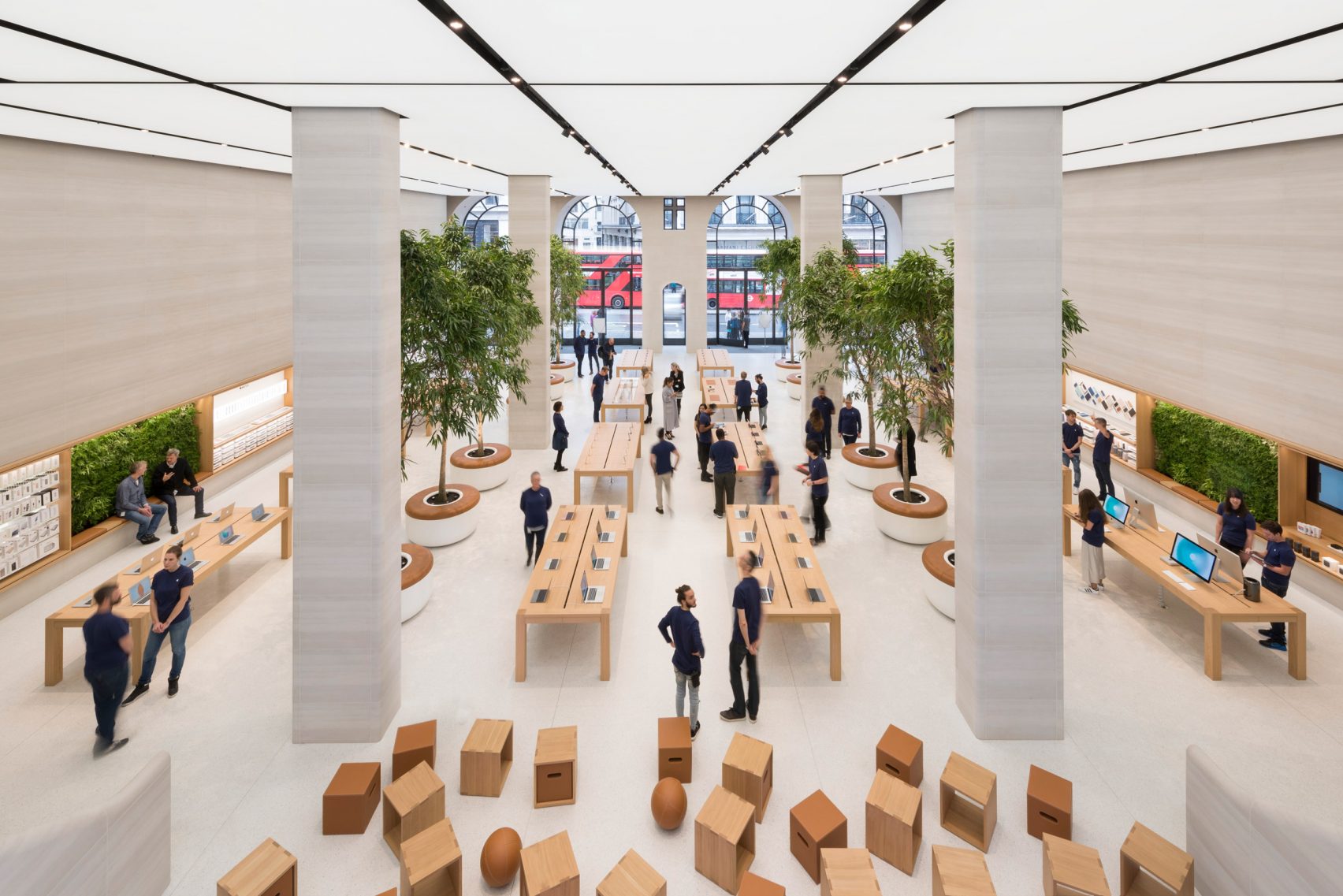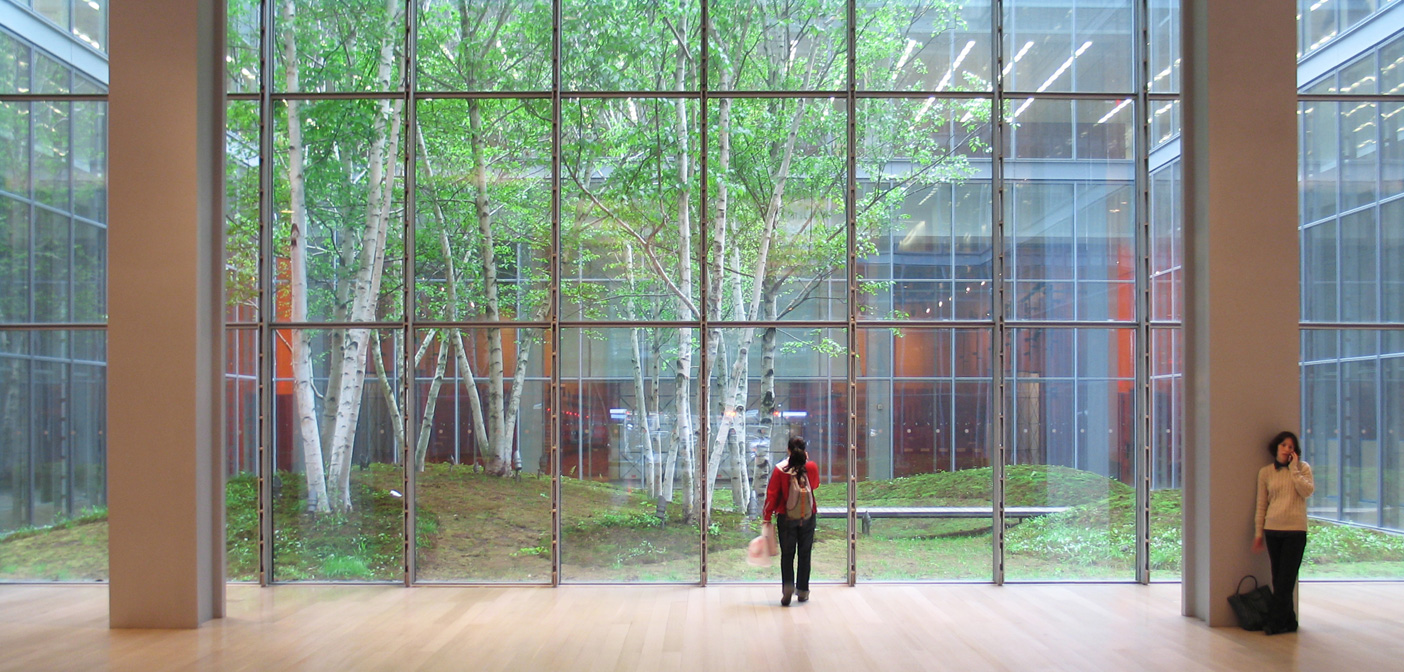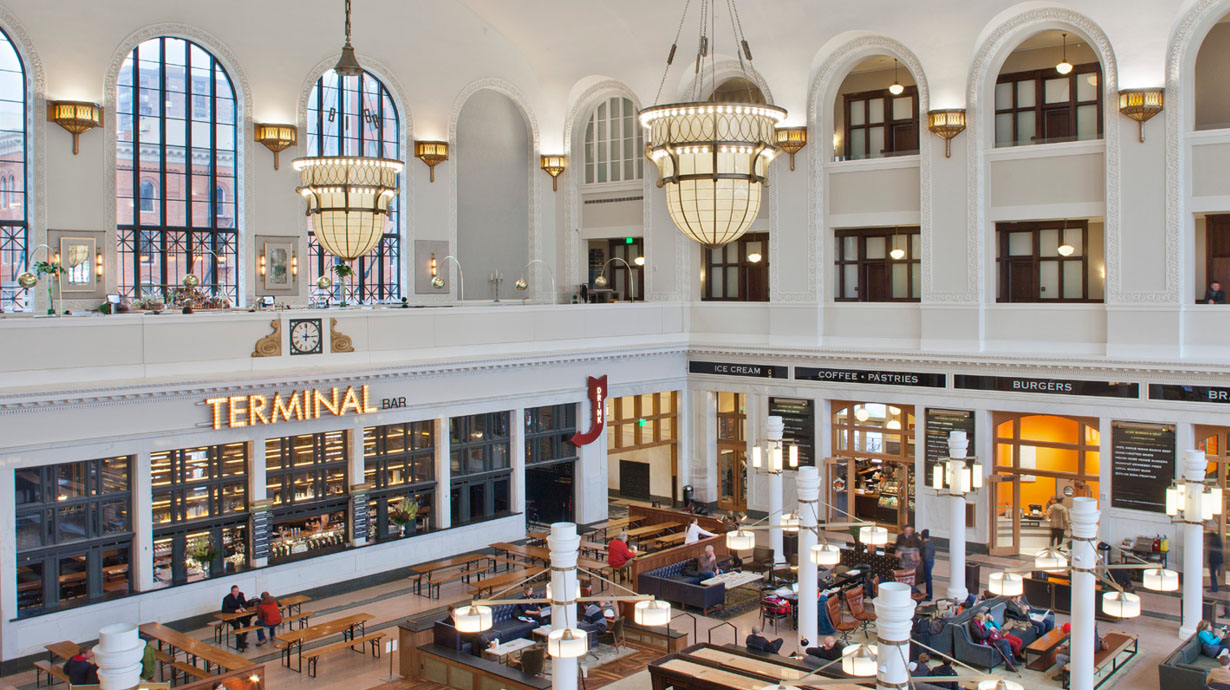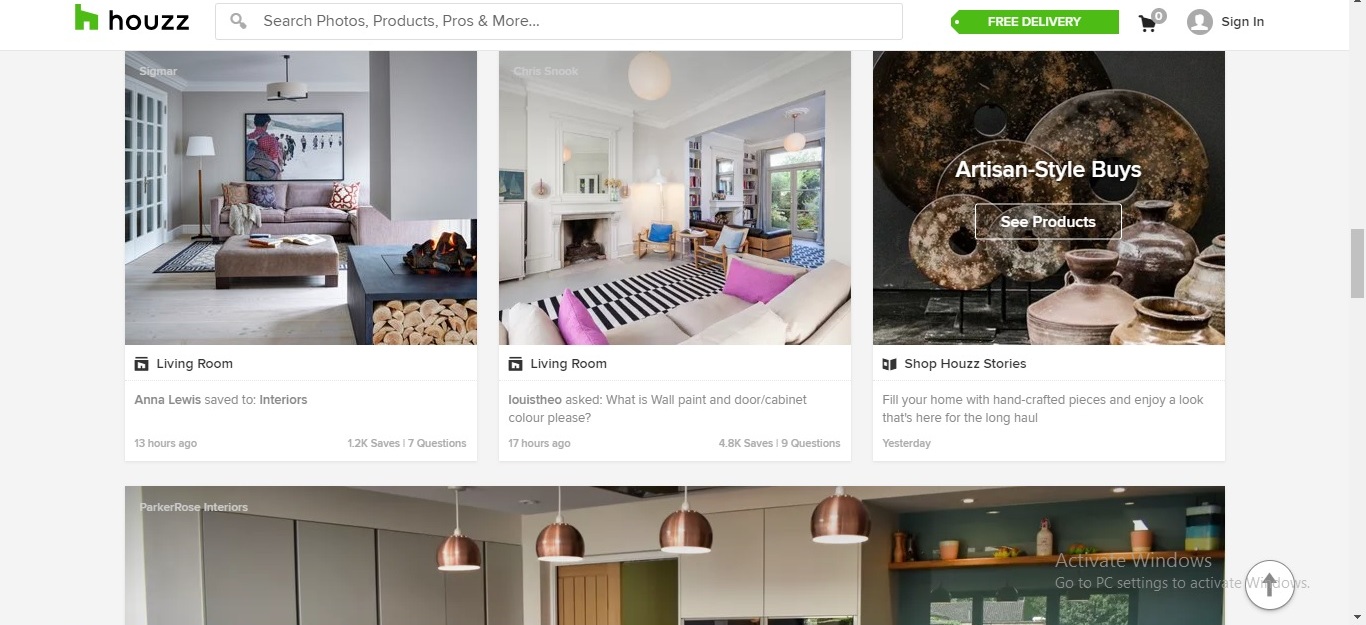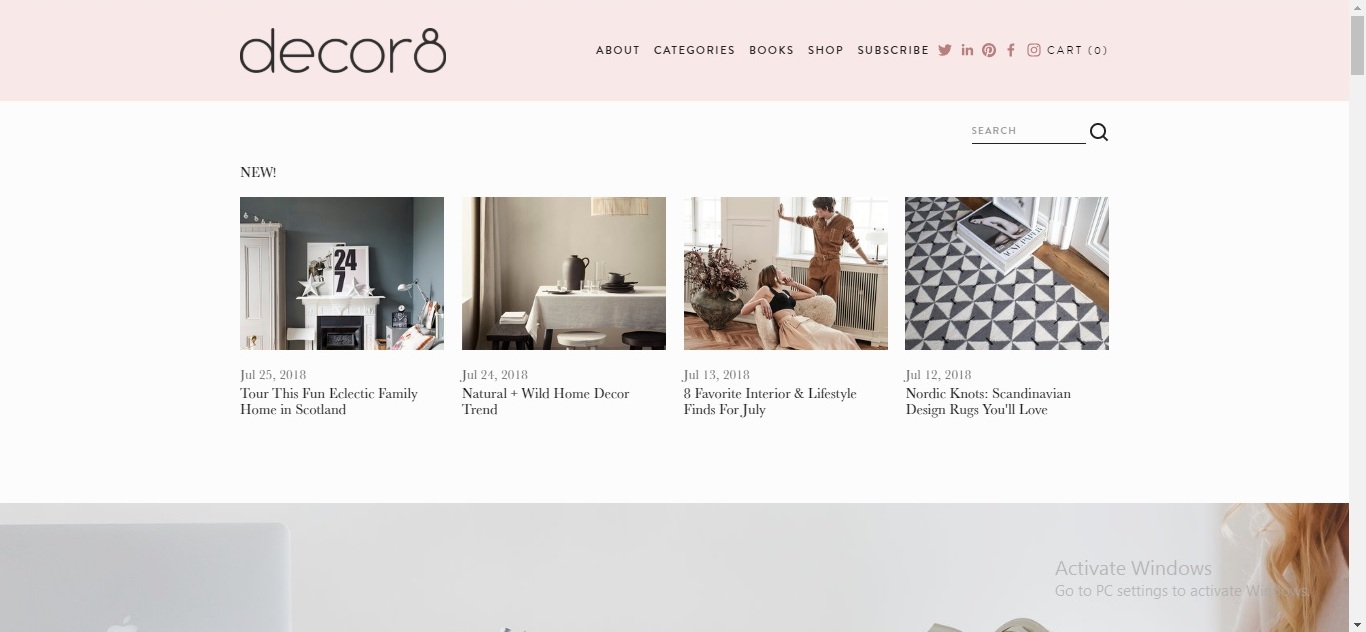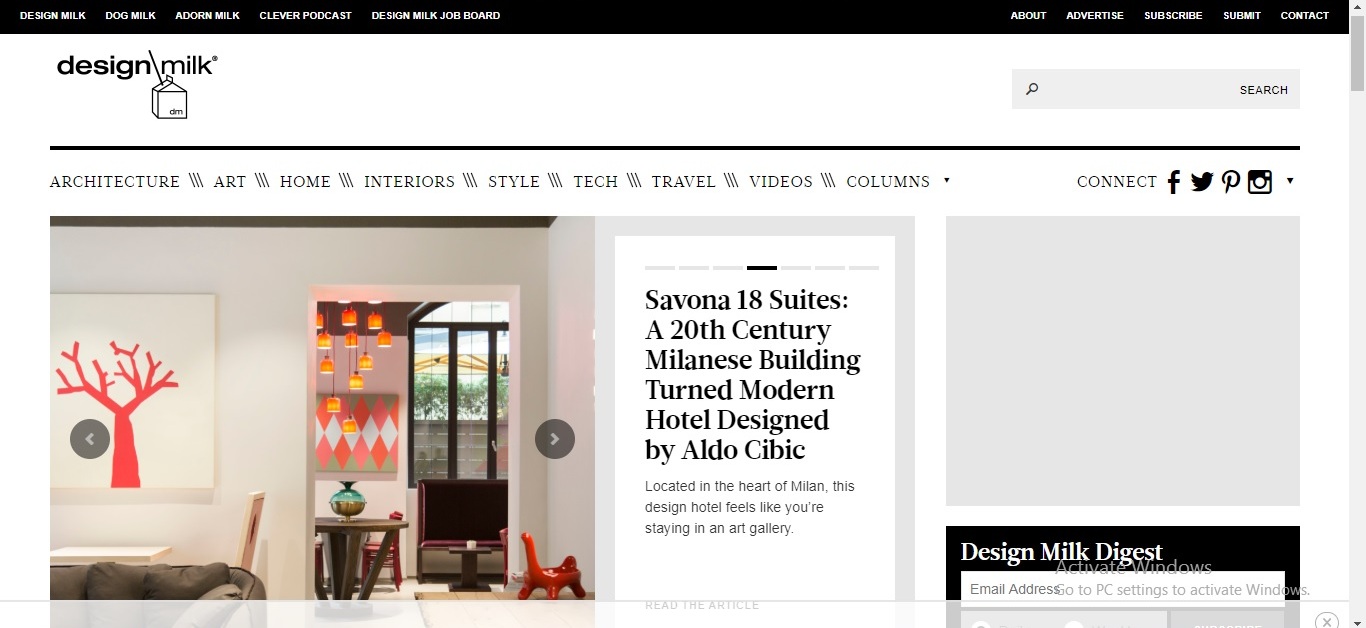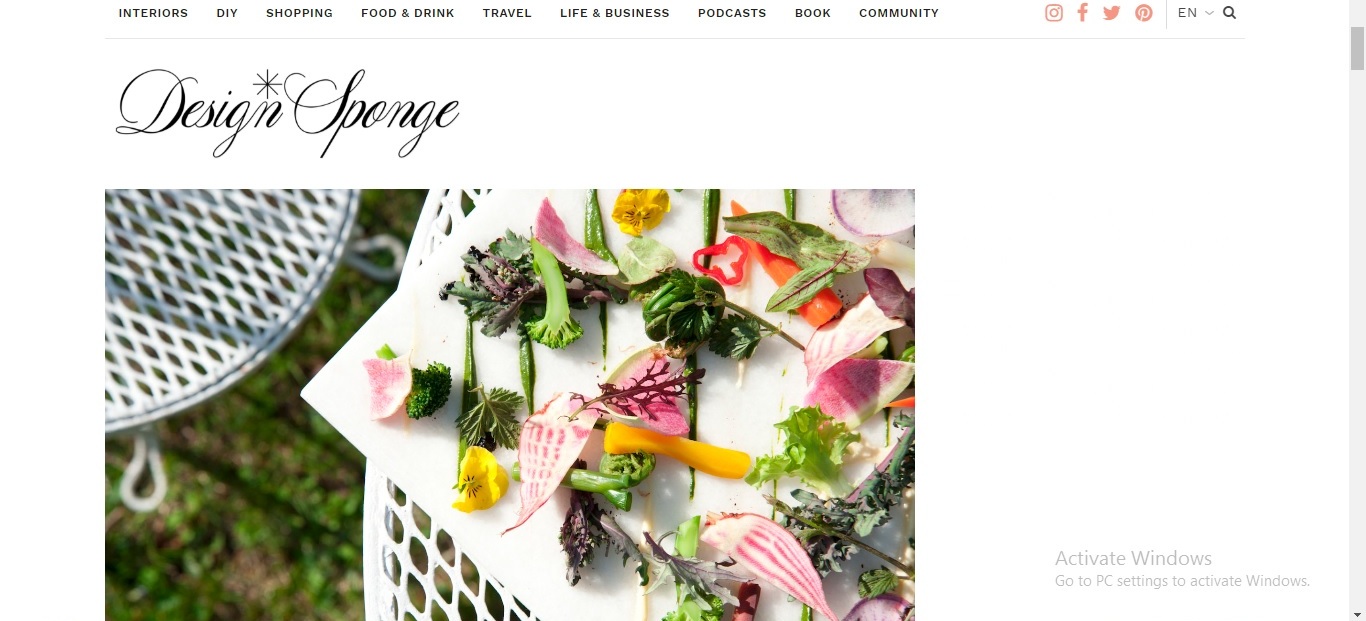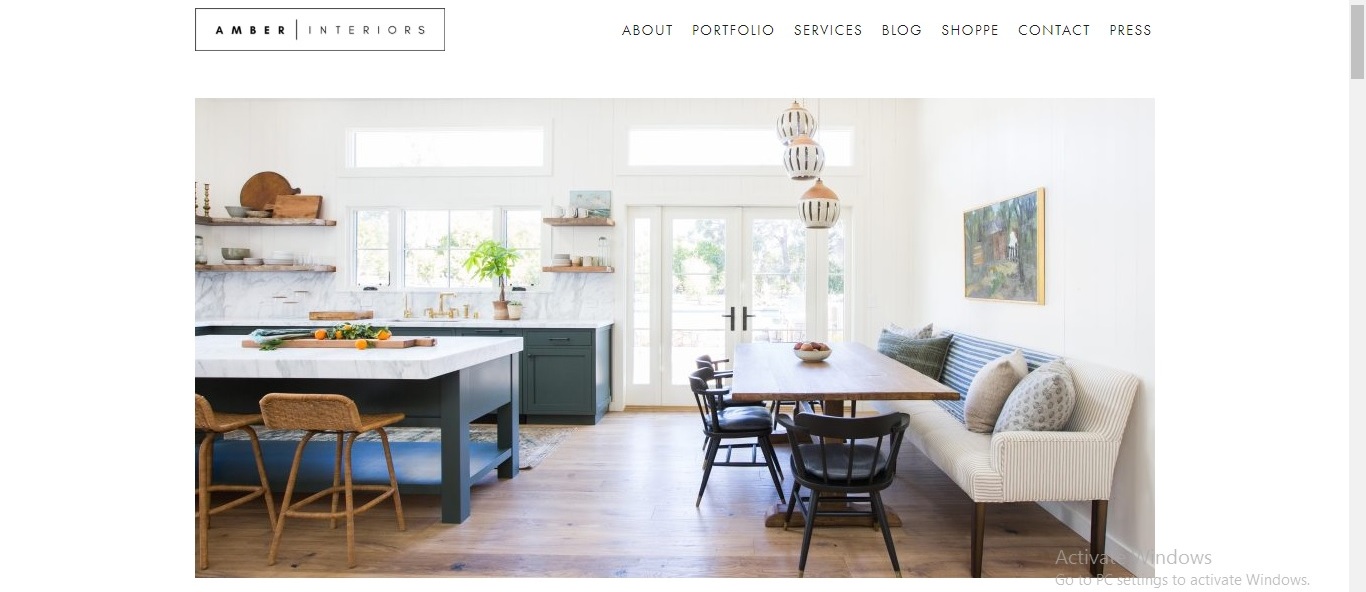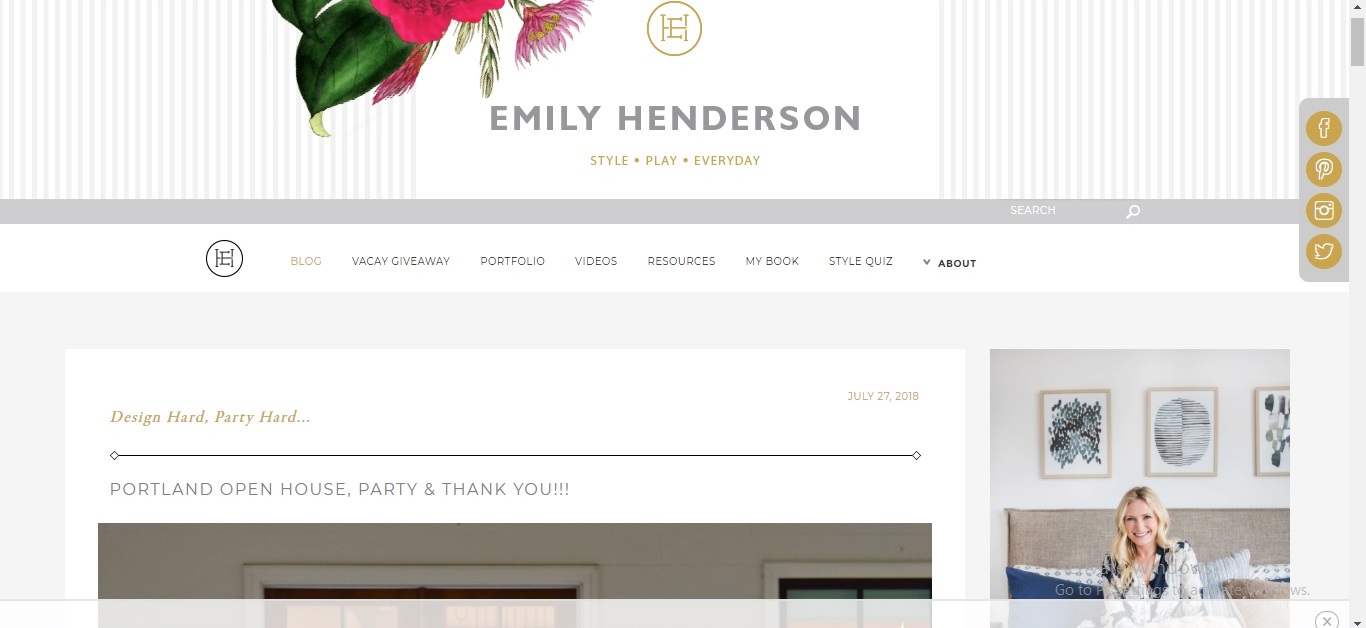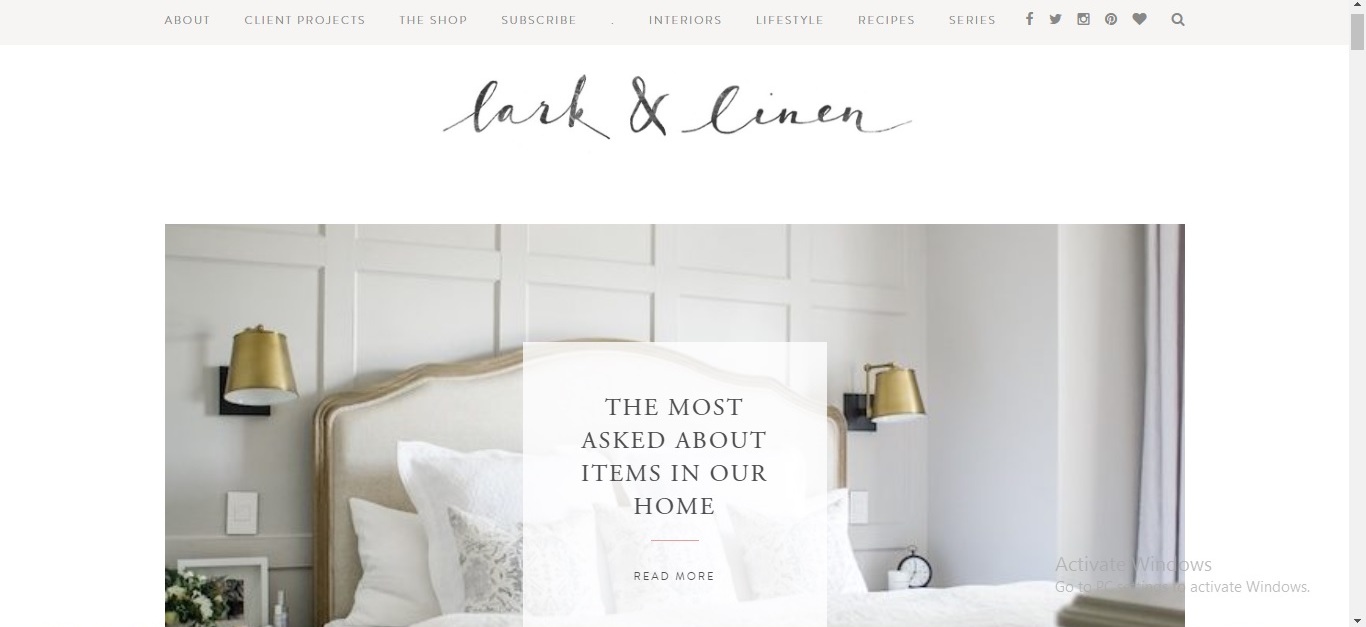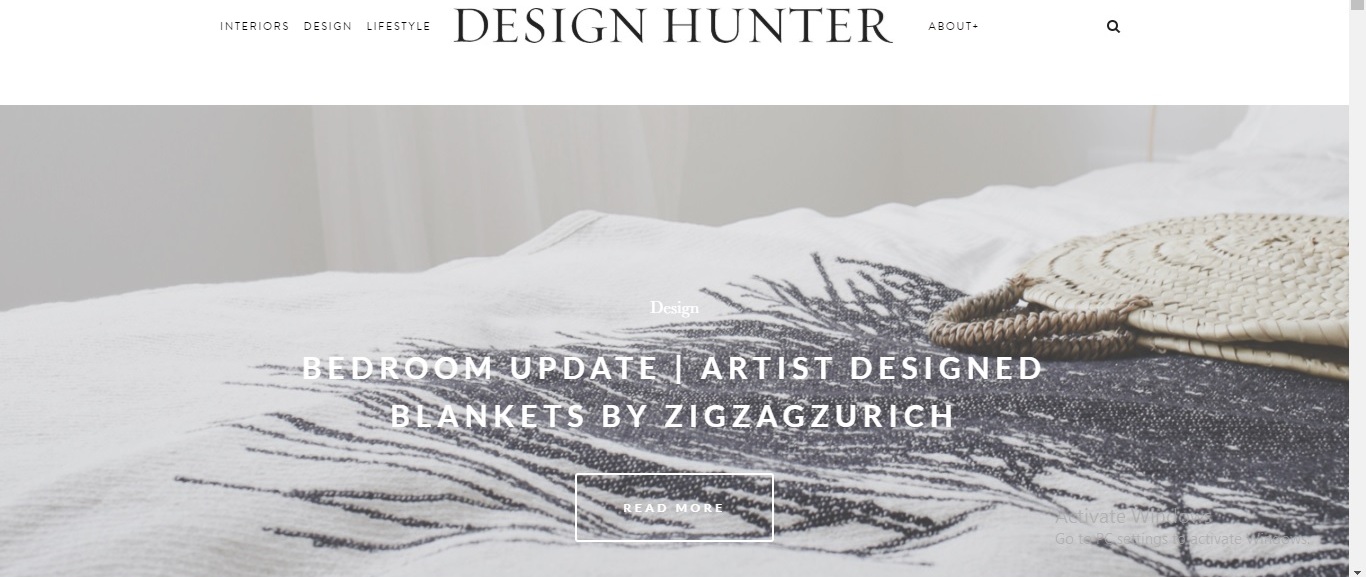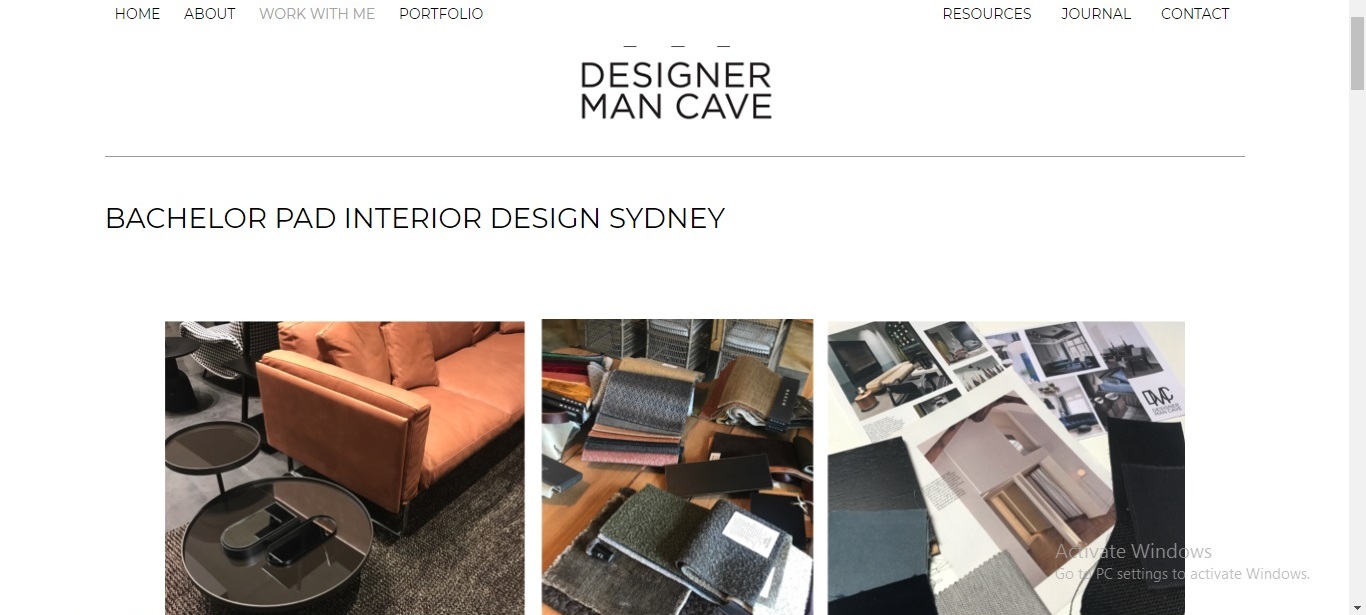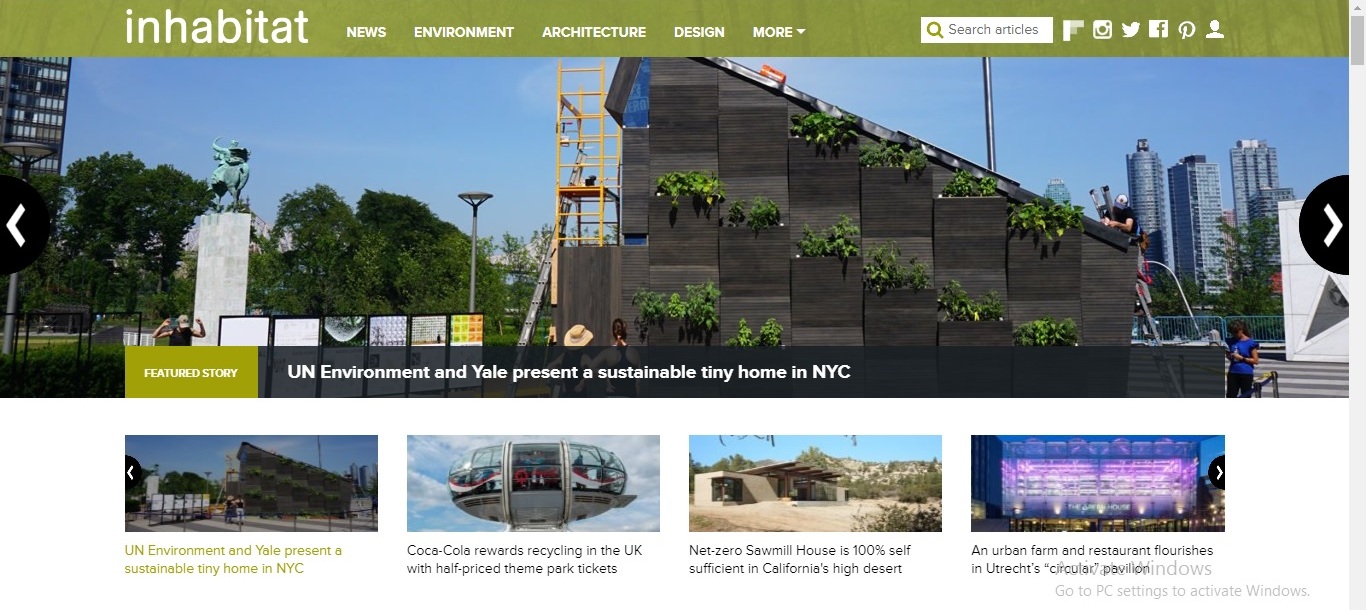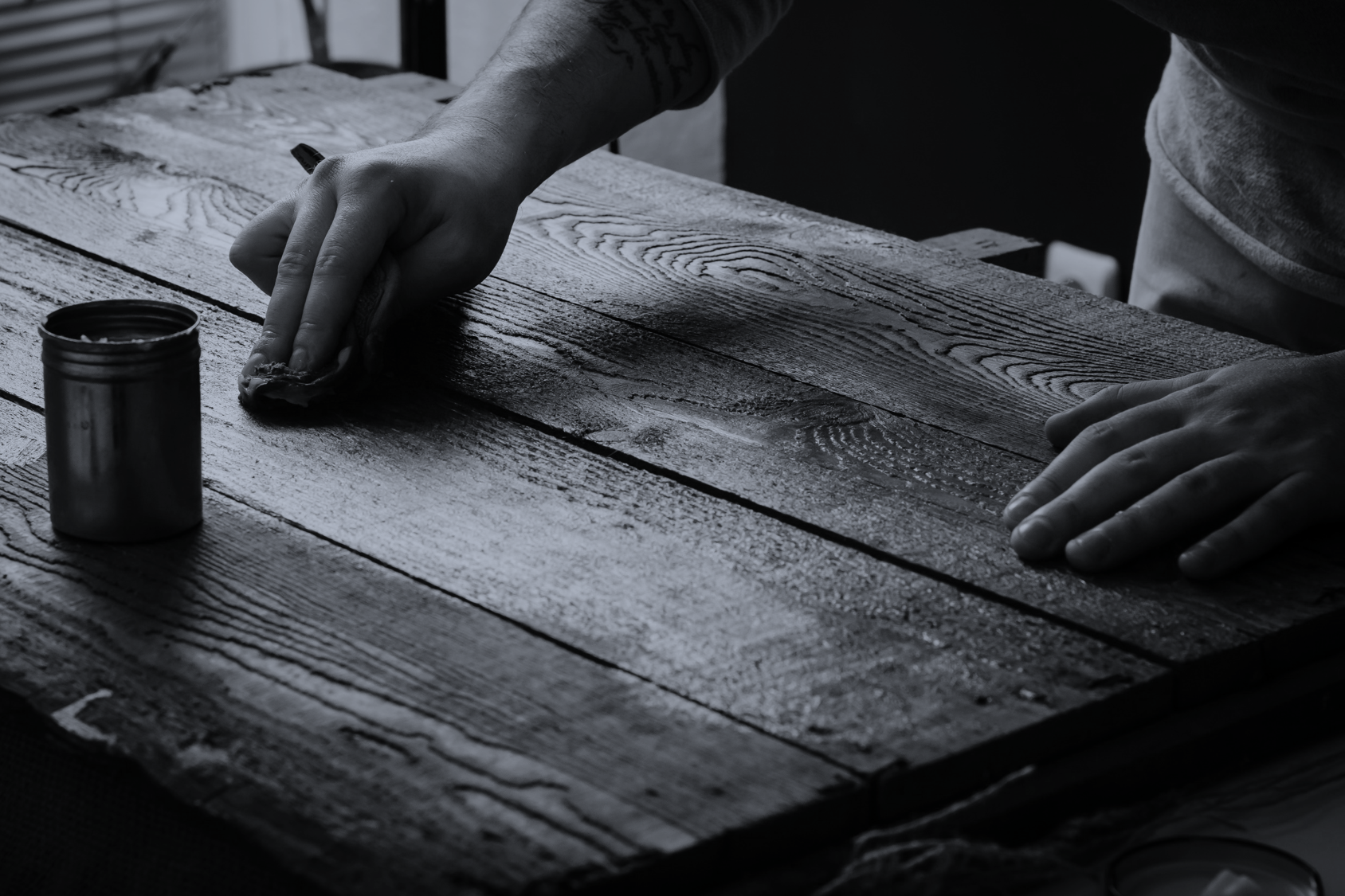
We live in a fast moving world.
The hectic lifestyle and events of modern society are overwhelming.
The concept of slow living is a lifestyle emphasising a slower approach to all aspects of life.
It suggests living slow and mindful and taking time to embrace the simple things in life that bring joy, meaning and fulfilment.
“A fast approach tends to be a superficial one, but when you slow down you begin to engage more deeply with whatever it is you’re doing. You’re also forced to confront what’s happening inside you — which is one of the reasons why I think we find it so hard to slow down. Speed becomes a form of denial. It’s a way of running away from those more deeper, tangled problems. Instead of focusing on questions like who am I, and what is my role here, it all becomes a superficial to-do list” — Carl Honoré, Canadian journalist and author of ‘In Praise of Slowness’
The roots of slow living
An offshoot of the slow living — the Slow Food, originally developed in response to the growth of the fast-food industry.
Started by Carlo Petrini in the 1980’s in Italy, who was shocked by the opening of a McDonalds in the Piazza di Spagna in Rome; the concept of slow food favours a ‘traditional’ food production process and mindful eating; focusing on taste, comfort, and quality of the food that uses locally sourced ingredients.
This way of thinking about preparing and enjoying food gained serious traction and eventually created the slow movement, which expanded to cover every aspect of our lifestyle — and slow living was born.
The key qualities of slow living include: well-being, simplicity and consciousness — and can be summed up in four simple statements:
S = Sustainable — not having an impact
L = Local — not someone else’s patch
O = Organic — not mass-produced
W = Whole — not processed
Designers too, pay attention to this yearning for greater simplicity. Slow Living can express itself in our living spaces and can help us create more balanced and sustainable lives through design.
Slow Design
Slow design is a modern term coined in 2002 by Alastair Fuad-Luke, a professor at the Finnish Aalto-University; and it goes far beyond the act of designing or the time needed to draft and create something.
Instead, it’s an approach that encourages stripping design back to its essence by re-focusing on craftsmanship, quality, open source and creating tailored and timeless solutions.
It provides a structure for creative thinking, a more considered and reflective design process, with the goal of prioritising the wellbeing of individuals, societies, and respecting the environment.
Slow design also celebrates local, close-mesh networks of people, it preserves and draws upon our cultural diversity, and it relies on the open sharing of ideas and information to arrive at innovative solutions to contemporary challenges.
“To promote slowness or what we call ‘slow design’ as a positive catalyst of individual, socio-cultural and environmental well-being…. Slowness doesn’t refer to how long it takes to make or do something. Rather, it describes an expanded state of awareness, accountability for daily actions, and the potential for a richer spectrum of experience for individuals and communities.” — SlowLab
Its qualities are reflected in the manifesto put forward by Alastair Fuad-Luke:
-Longer design processes with more time for research, contemplation, real-life impact tests, and fine-tuning.
-Design for manufacturing with local or regional materials and technologies or design that supports local industries, workshops, and craftspeople.
-Design that takes into account local or regional culture both as a source of inspiration and as an important consideration for the design outcome.
-Design that studies the concept of natural time cycles and incorporates them into design and manufacturing processes.
-Design that looks at longer cycles of human behaviour and sustainability.
-Design that takes into account deeper well-being and the findings of positive psychology
The question remains: how does slow design translate to our living spaces?
At the heart of each living space is an aesthetic shaped by the dweller’s idea of what is essential — comfort that comes from being in touch with the environment in ways that enhance the quality of individual experience and wellness.
A space that is put together carefully, slowly and with intention; for one to live, eat, laugh, play, entertain, work and rest.
More and more people are starting to entertain the idea of picking quality craftsmanship over mass-made produce, and caring about the meaning behind the objects they surround themselves with daily.
Sustainable friendly furniture and hand-made products
Slow design celebrates artisan-crafted furniture and hand-made products which reveal craftsmanship at its finest and ensures a lighter footprint on the planet.
If you’re looking to heal the world with a stylish but intentional way of crafting your interior, support local brands that tell an honest story of their production process openly.
Just like Slow Food, it’s about using local ingredients, harvested and put together in a “Good, Clean and Fair way.”
Natural material
Slow design emphasizes not just clean design, but incorporating elements of nature into the built environment.
Stone, wood, wicker, and jute are just a few materials that evoke an organic appeal and make interior spaces feel calm, peaceful and above all, welcoming.
The use of natural materials that are close at hand and can be sourced sustainably is essential; for instance, sustainably harvested wood, certified by the Forest Stewardship Council.
Opt for materials that will last longer and age gracefully.
Gentle interior layouts
Todays’ designers are the catalysts in reimagining living spaces that can be redesigned and reconfigured to accommodate for ever-changing human experiences, and that cater to social interactions and meaningful connections.
“The function of our homes should dictate the way we decorate them, not the other way around. Instead of either clogging our lives with unnecessary clutter — both physical and mental — or needlessly throwing out meaningful possessions, we can work to determine what brings fulfilment to our lives, and then surround ourselves with those comforts” — The Kinfolk Home
Putting slow living and slow design into practice isn’t an overnight process.
In cities such as London and New York where the frenetic day to day life seems to be moving quicker and faster, it can be hard to slow down.
Slow living and slow design are unique and vital lifestyles that encourage new values towards living a more mindful life, and an ultimate expression of authenticity.
A walk in the ‘slow lane’ is a process, a journey — and every journey starts with the first step.
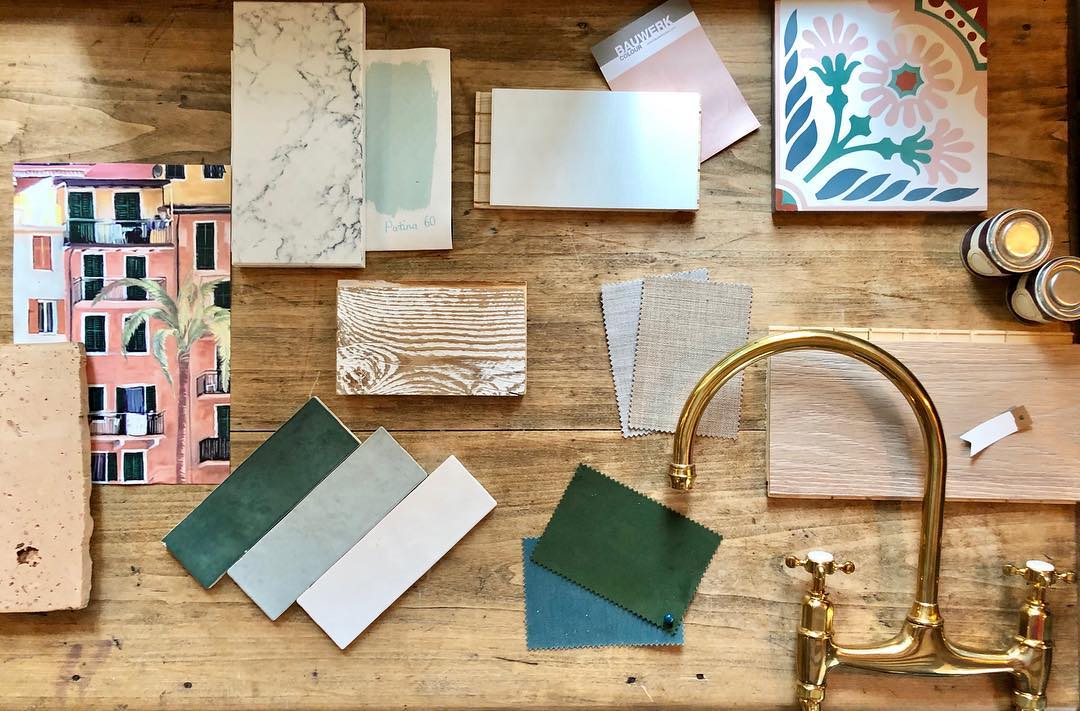
Have you been thinking about a new project, but don’t know where to start?
If so, creating a moodboard could be just the foundation you need.
If you’ve ever worked with moodboards, you may be aware that they often help bring ideas to life, and determine the language of the project by finding out what works (and more importantly, what doesn’t).
Since designers usually have large sample libraries at their disposals, their mood boards often include tactile elements like wood samples and fabric memos.
But don’t worry; you can still create a mood board and gather inspiration in the early stages of planning an interior scheme without even leaving your home.
Our Moodboard:
Our online mood board tool functions as a personal creative aid, a source of inspiration or a direction for tackling an interior design brief.
Combine images that represent your desired colours and textures to have a clearer understanding of the style and intentions for the project.
It helps you edit, enhance, and make decisions about the elements you wish to incorporate into a space.
Easy To Use:
To put together your own, simply click on the mood board tool which is present on every wood product, and add the image to one of the grid selections.
The moodboard tool allows you to pick and put together ten images and these can be selected each at a time or added randomly.
Once your moodboard is ready, you can download it or share it via email to a friend, colleague or a client.
Mind the bigger picture:
When selecting floor images to include on your moodboard; keep in mind the overall elements that will eventually make up the interior of the room.
Try picking wood floors that will complement the broader style and feel you desire.
For instance, if you have some design furniture that you wish to emphasis, natural colours will create a neutral canvas and allow your furniture to take centre stage.
Choose a colour palette:
Wood flooring comes in a diverse range of colours.
When choosing your floors, most designers recommend consistency with your room’s colour scheme.
This should be the first source of inspiration when creating a moodboard; plus it will help narrow down your choices down the line.
Lighting is everything:
The impact of light has a significant role in the choice of your wood floors.
Throughout the day, the room lighting changes gradually.
When creating an inspiration board, take a second to think about the space the boards will be installed, and the lighting in that room at different times of the day: a living room that the family spends more time in, the kitchen you walk in and out all day long or an art room that you only use in the afternoon… every space has its own unique lighting.
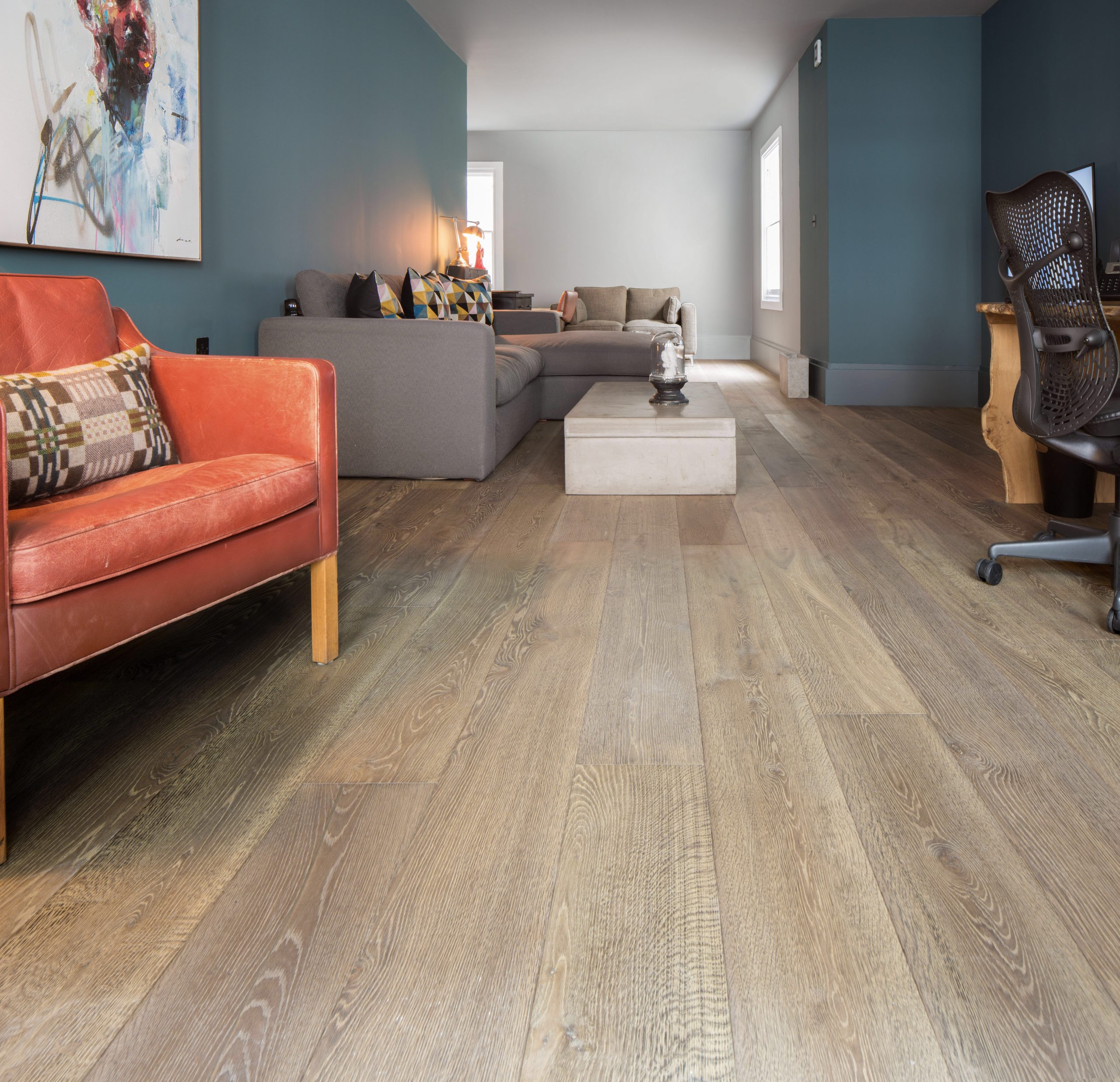
Wood is one of the most sought after and widely used materials both at home and in the workplace.
Wood flooring, fixtures and products have become increasingly popular due to its naturalness, warmth and timeless appeal.
Wood isn’t a favourite just for cosmetic reasons, it has a host of health benefits, and at a time when decreasing green spaces, urbanisation and dangers of pollution are high; wood may just be our saviour.
More people are increasingly working from home and are looking to find new ways to create an interior that’s environmentally friendly.
Wood has become a natural choice for homeowners and a fantastic way to stay connected to nature.
Below, we look at the benefits of wood; from enhancing indoor air quality to having a positive effect on mental well-being; and why it might be the best option for your home office.
Wood is good for you
World studies surrounding the use of wood have shown that integrating it in our built environment can actually have positive health benefits.
A doctor of psychology at the University of Tampere Marjut Wallenius, explains, “Wood has a psychological effect on people and similar stress-reducing effect to nature.”
She also reveals that research carried out so far suggest that wood has a calming effect, “This is based on the positive emotional experience that wood causes, such as proximity to nature, warmth, homeliness and a relaxing effect.”
A report commissioned by environmental organisation Planet Ark, has found that there are observable physiologically positive responses by being exposed to wood — similar health benefits to those created by spending time in nature.
In looking more closely at the impact wood has on health, some of the report findings include:
- Improved emotional state and self-expression
- Improved indoor air quality due to its hypoallergenic characteristics
- Feelings of warmth and comfort
- Lower blood pressure, heart rate and stress level
“These benefits are particularly important for environments where it is difficult to incorporate nature indoors, such as hospitals where strict health guidelines may prevent the presence of plants, and office environments where views from the window are of roads and neighbouring concrete buildings,” Planet Ark said.
Wood is aesthetically versatile
Wood as a natural product brings visual interest and warmth which is often suited for a range of interior settings.
With the wide variety of species available, it presents remarkable character, textures, shapes and tones; and can be painted and stained to please one’s design needs — and at the same time, be carved, cut, glued or nailed.
With over 5000 different woods to choose from, it is a versatile and aesthetically delightful material that can be used to design floors, walls and many other applications.
Wood is environmentally friendly
The use of responsibly sourced, certified wood products in home interior setting has a positive implication for the environment, as well.
In most westernised countries, for every tree which has been cut, up to ten trees are re-established in its place.
To put it simple, harvesting forests builds more forests. Today, wood offers many benefits that matter to those seeking environmentally minded products and are willing to pay more — sustainably more — for them.
The New & Reclaimed Flooring Company, in addition, plants 1 tree for every 10m2 sold.
Wood is safe, light, sturdy and durable
For being a relatively lightweight material, natural wood is remarkably strong and durable.
It outperforms and eliminates many other concerns that may arise from other construction materials, and when properly cared for, it will last for many years.
Its enhanced longevity makes it a popular and inexpensive choice for home office design.
It emits absolutely zero electrostatic charge due to its strength and dimensions; it does not rust and works brilliantly as an acoustic insulator making it ideal for minimising echo in a home office space.
Moreover, timber regulates humidity with its ability to absorb moisture — given the room isn’t too humid.
For this reason, it’s considered to be a healthy option as it can aid in helping you with respiratory sensitivity.
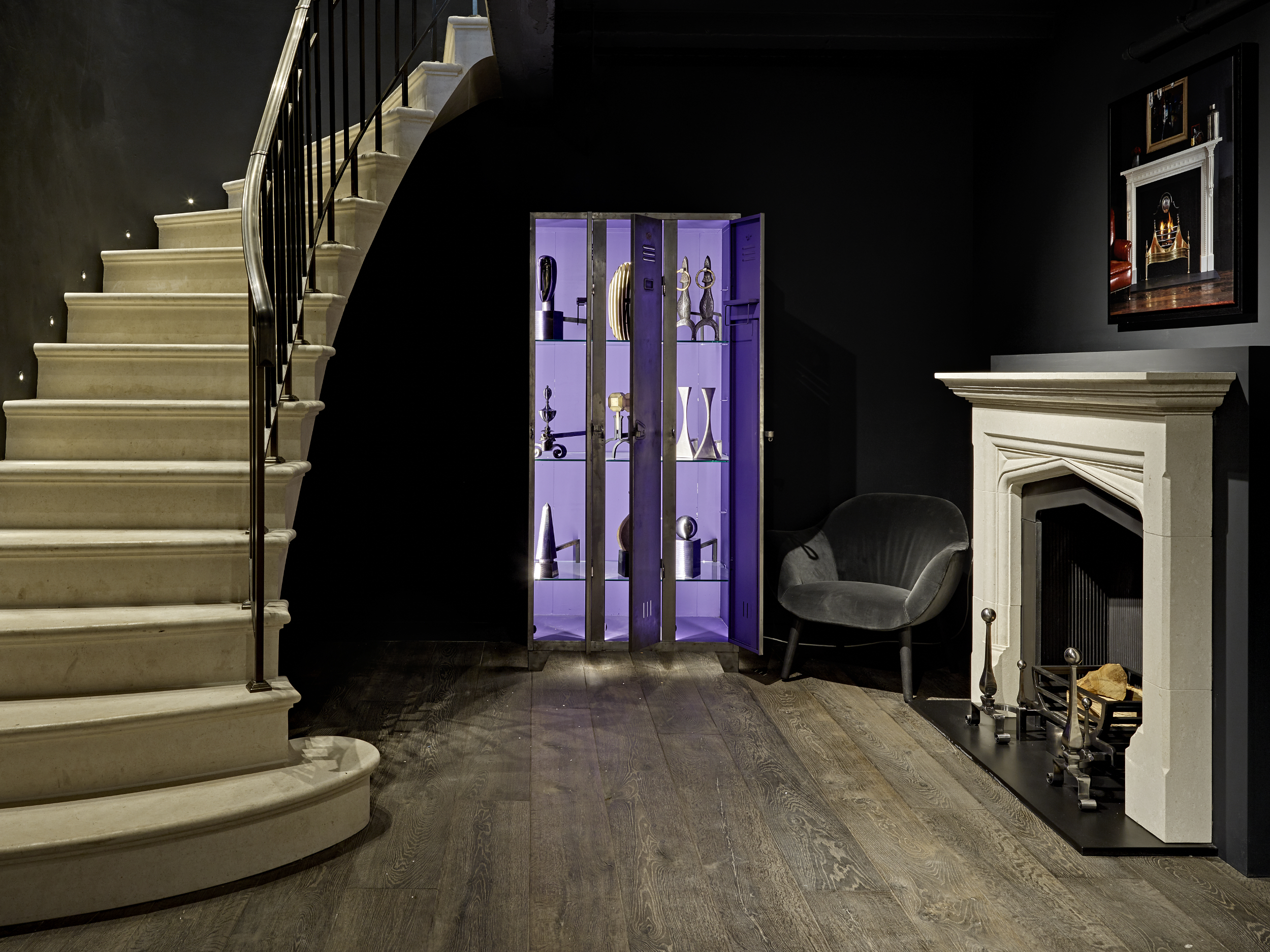
Restoring calm in our surroundings means a calmer mind and an overall sense of inner well-being.
Increasingly, people are thinking far more deeply about how they can connect to the space around them and nurture their health and happiness on a daily basis.
As more millennials join homebuyer’s ranks: the interest in self-care and optimising your home for happiness by disconnecting from work, politics and technology is not only valued but seemingly necessary.
Much has been written about mindfulness in recent years, and the latest fashion crafted around spatial planning and interior design focuses on peaceful, connected existence.
Mindful living in its simplest terms, teaches us to appreciate the beauty of each moment through regular connection with one’s senses, and embrace the serenity in our lives.
More people are placing great emphasis on spatial and spiritual harmony, long-term benefits of the objects they choose to keep and display in their home, and conveying the values that matter to them through the need for a mindful space.
In the name of mindfulness, product designers and professional organisers have rebranded themselves and are leaning towards offering simple, focused, functional; more eco-based than ego-based products and services.
Vancouver design duo Knauf and Brown, for example, launched home products that require a series of actions to use properly — forcing us to engage with the objects more actively.
The Standard Collection comprises of a table lamp, a mirror and a side table — all of which are designed to override the subconscious way in which we interact with objects in our home.
The lamp has no on or off switch: to turn it on, you have to lift it out of the vase and put it in a giant, low-voltage copper coil which connects with a flash of copper on the stick, thus completing the circuit and causing the light to work.
By being aware of this subconscious drive to align our objects with who we seek to be, the areas of space and wellbeing are becoming more integrally intertwined.
With minimalism and decluttering in vogue, we can create homes that not only reflect our will to better ourselves but those that place weight on the essence of keeping only what we cherish and what helps us in our journey — something that’s often missing in the modern world.
The idea of optimising mindful spaces has also seeped into breaking the cycle of hoarding.
When we keep more than we need, we then stop noticing, engaging and paying attention to the details.
North London based interior designer Helen Sanderson, who in the past has worked with the NHS, Marie Curie Cancer Care, the Ministry of Justice and Guardian News & Media, believes that amazing things can happen when you take a step to declutter your home.
“Clutter can have a huge impact on your energy. It holds us back and can be very draining,” she said.
We all do better when our home, the environment we work and interact with others are better.
The spaces we occupy do rise up to greet us, and they do make a difference in how we move through the world.
At the end of the day we all need a place that helps improve concentration, helps us keep anxiety levels drown, contributes to an overall healthier life and reminds us that we are surrounded by things that we have chosen and that we truly love — and a mindful space can contribute to just that.
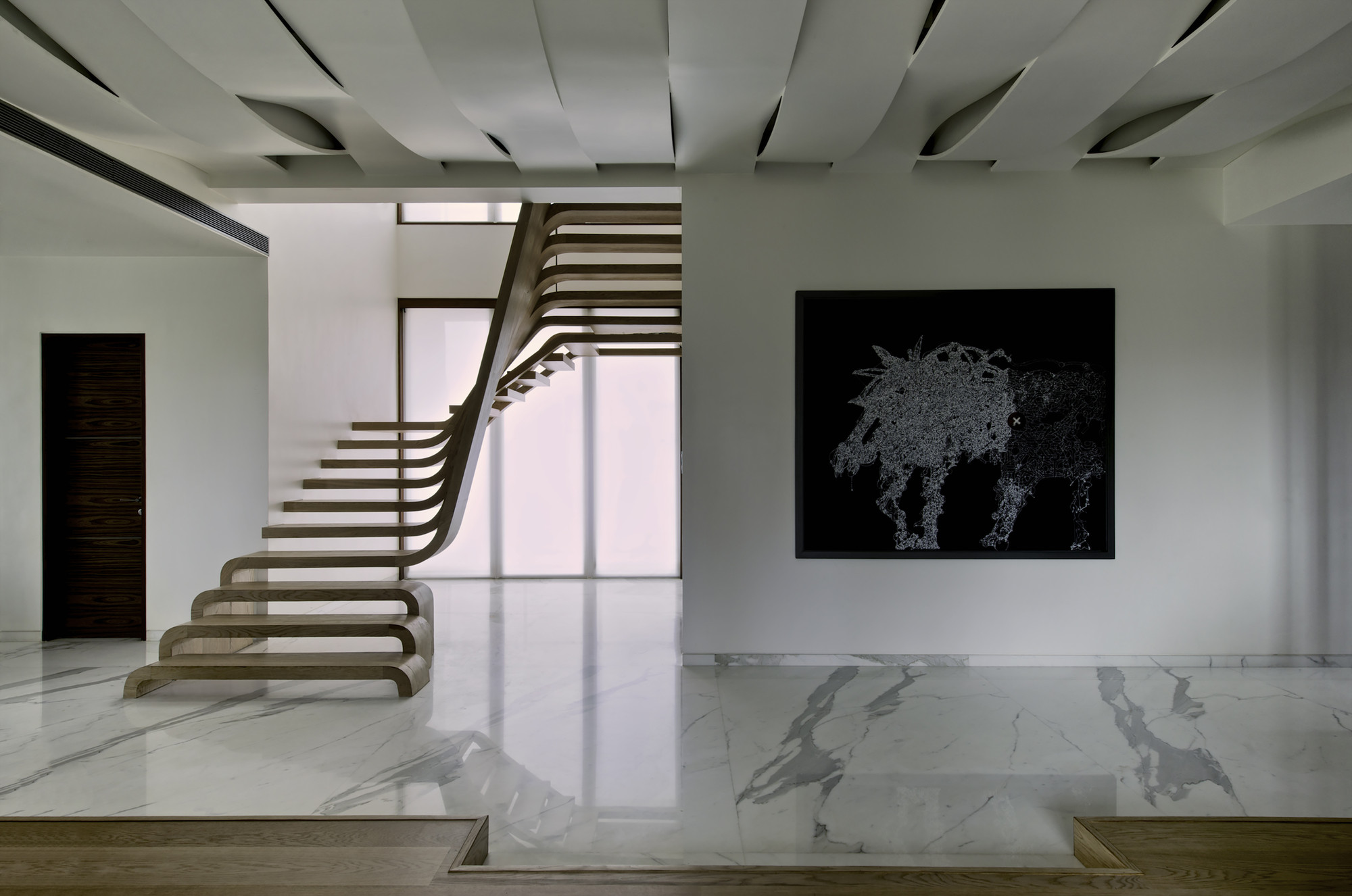
From spiral designs to Rococo style works of art; staircases are major architectural features that have the power to showcase personal style, inject character and make an ordinary space spectacular.
Nowadays architects and designers pay a lot of attention to detail, transforming the once-functional structure into the most mind-blowing creative form.
Feast your eyes on some of the most striking staircase designs.
Armani 5th Avenue New York Store by Massimiliano & Doriana Fuksas Architects
The central feature of the four-storey Armani store on New York’s Fifth Avenue is a sculptural steel staircase, made in Italy, and clad in plastic material that highlights its exceptional presence.
It connects all levels and creates an internal dynamism, just like a contemporary luxurious design should be and feel like.
The whirlwind created by the staircase is mind blowing and represents a true, bold intention of creating something unique and visually impressive that people would definitely enjoy, no matter in which building it is inserted.
The Mamilla Hotel by Safdie Architects
Characterised by both style and exclusivity, Mamilla hotel is an intimate and elegant sanctuary with views of the Old City Walls in the heart of Jerusalem, Israel.
The two parts of the hotel are joined together by a bold, sculptural charcoal-hued steel staircase that ascends through the sky-lit central atria against a backdrop of local limestone wall.
SMD Apartment by Arquitectura en Movimiento Workshop
A private residence in Mumbai features an intriguing U-shaped staircase located at the centre of the apartment.
Situated in front of a double-height window, the three-sided design features open treads to allow light to permeate the structure and fill the room.
Three treads of the engineered walnut staircase remain independent at the bottom, but the upper treads are continuous ribbon-like elements that form steps in two places within the design.
The design of the staircase is replicated in other architectural elements such as the ceiling.
Daleham Gardens Project by Elite Metalcraft Co.
Two floors joined by a floating Elm clad steel staircase offers a unique, high-end contemporary design statement.
The triple laminated glass balustrade panels are suspended above the staircase treads and risers using a specially designed hidden clamping system.
The overall design is accentuated by integrated lighting, which lends an amazingly elegant appearance.
Stairtalk by Atmos Studio
The flowing form of this monumental staircase made from laminated oak provides a centrepiece for Oliver Dabbous’s three-storey restaurant HIDE, in London’s Mayfair.
The stairs design creates a plant-like structure that grows like an irrepressible life-force from beneath, ascending from a basement bar to the dining areas on the ground floor and upper mezzanine.
Created using a specialised method of bentwood construction, it twists upwards, spiralling energetically like a corkscrew and features tendril-like lines that appear to flow out from niches in the wall.
GS1 Staircase by Promontorio
A spiralling concrete staircase flanked by double-height circular voids winds up through the centre of this 1980s office building in Lisbon, thanks to a major facelift by Portuguese studio Promontorio.
The undersides of the steps are left ridged, giving the stairs a raw aesthetic.
It ascends to the predominantly open-plan workspace on the first floor, and splice through the existing slabs to visually connect the different levels and enable daylight to reach central areas.
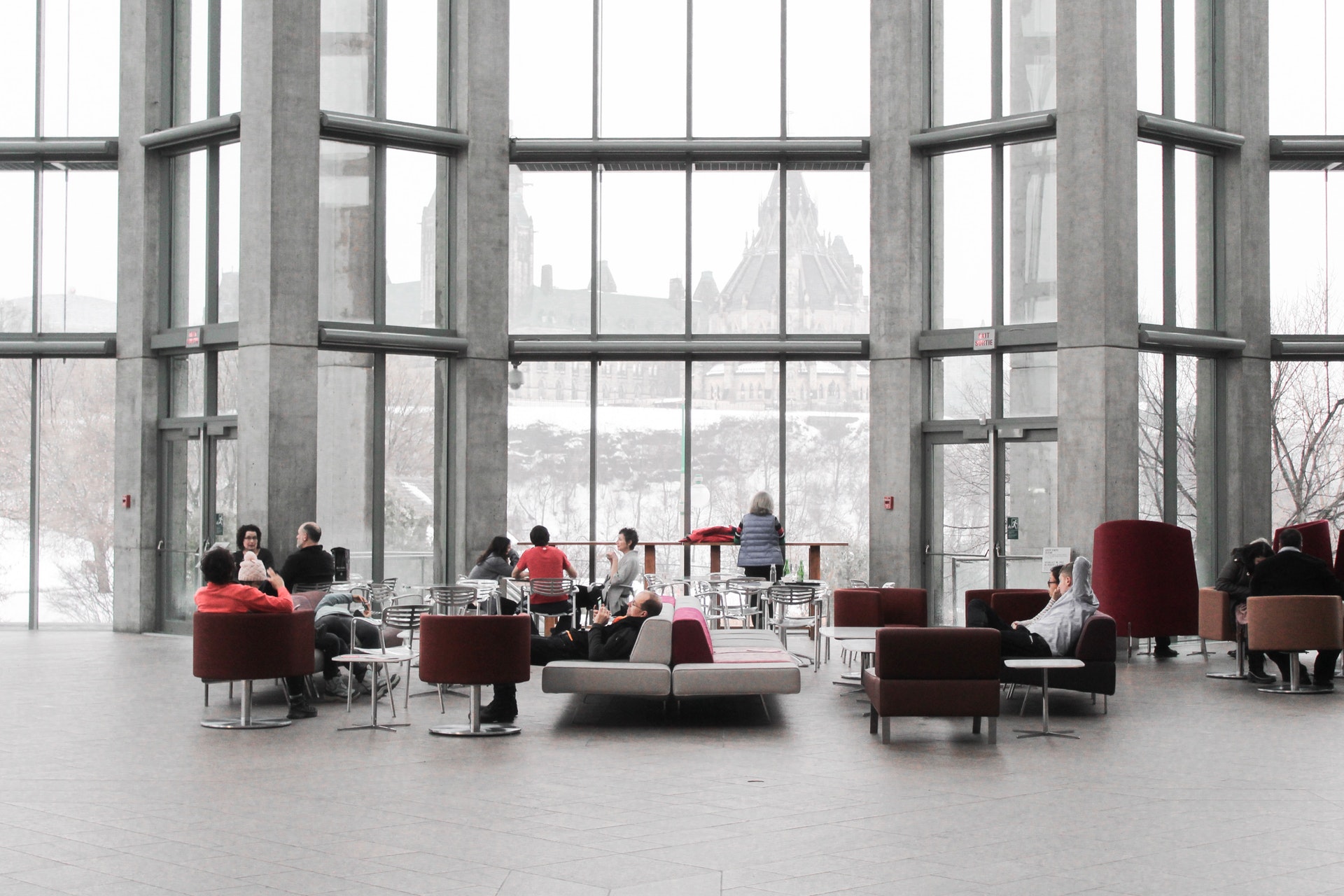
A profound change in recent years has been the shift within the building industry — and one of the most important, fastest-growing trends is wellness interior design.
Using evidence-based design: urban planners, architects and interior designers are creating environments with a focus on the impact they have on the health and well-being of the people that live or work in them.
This new design ethos realises that residential and commercial spaces can greatly influence our physical health, as well as our emotional state of mind.
Wellness has become a household term.
A huge number of us are now aware of how our lifestyle choices affect how we feel both physically and psychologically. Increasingly though, wellness interior design has gained traction and we are well aware of the pivotal role that our surroundings — the built environment — play in this equation.
“Whether people are healthy or not, is determined by their circumstances and environment. To a large extent, factors such as where we live, the state of our environment, genetics, our income and education level, and our relationships with friends and family all have considerable impacts on health …” World Health Organisation: The determinants of health
On average, we spend an astonishing 93% of our lives indoors, and research evidence shows a correlation between occupant health and factors such as providing adequate natural light and views to nature, using colours that promote mental well-being, acoustics, air quality, furnishings, and more.
Considering how much time we spend indoors, the design should be responsive to user needs, behaviours and requirements, offering users freedom of choice and control over their environment.
Below, we discuss the key trends in wellness interior design that are shaping how we design the spaces we occupy today.
Biophilic design: bringing the outdoors in
If you are following architectural and design trends, you may be aware of the widespread recognition of the importance of biophilic design and its impact on health and well-being.
The benefits of access to nature have been documented in numerous studies and include reduced stress and illness, higher productivity at home and the workplace, higher test scores among students, positive social interactions and greater workplace satisfaction.
Wellness and nature work hand-in-hand when it comes to creating a sense of calm, contentment, and tranquillity within the built environment.
In 2018 we saw the popularity of indoor plants and natural lighting, and now, in 2019, natural textures, materials, and even the quality of air are priority design features in promoting responsive spaces.
The connection between nature and interior spaces have become standard practices that will carry on throughout the ages as a necessity — as fundamental to wellness interior design as windows or staircases are to architecture.
“This inclusion of nature in design is proven to enhance cognitive performance, cleanse the air, lower stress, reduce toxins and utilise more renewable and sustainable resources,” Veronica Schreibeis Smith, founder and CEO of Vera Iconica Architecture explains.
Colour schemes for wellness
The most important element of determining the atmosphere of interior spaces is through the use of colour.
Because it commands such strong visual attention, colour has both psychological and physiological effects that are well-documented.
As human beings, we are our environment; and how we use colour within our interior space can greatly enhance interaction, learning, healing, creativity and more.
“Colour doesn’t claim to be a cure for illness, but what you’re able to do is create a well-balanced environment that not only has a positive effect on patients’ wellbeing, it can aid in improving patients’ health, putting family and visitors at ease and improving staff morale,” notes applied colour psychology expert Karen Haller.
“The promotion of a greater sense of wellbeing, particularly in long-term care environments, is possible when colour schemes and design are carefully considered and planned.“
This year, colour trends in wellness interior design are moving towards not only neutrals palettes but shades that provide a naturally connected sense of space.
Yet again, nature has had an influence in pushing forward this trend; with colours focused on evoking a sense of calm, relaxation and tranquillity.
Lighter hues are considered to be airy and can essentially make people feel more positive and more productive.
Stress, for example, can be subdued with soft blues and greens as they bring memories of a soothing river, the beauty of nature, and blue skies on a breezy, sunny day.
Since colour can really impact the atmosphere around us, it also has an influence on product development and purchasing decisions in various industries, including building products and home furnishings.
Colour too, can have a dramatic effect in both office and retail spaces.
A well thought-out colour scheme, for example, can encourage uplifting feelings as soon as one walks into space — ultimately putting humans into a buying behaviour, a productive and creative mood, or even a relaxed and decompressed state.
Experience-driven spaces
An interior design survey reveals that 69% of clients are “extremely” and “very” willing to invest in a wellness-promoting space.
More recently, we see innovative ideas in the commercial and hospitality sectors where customers and guest experiences are crucial to success, transform their properties with zones designed to improve wellness.
Zones are created to cater to specific activities, such as meditating and yoga, socialising, reading, exercising and relaxing.
The furniture and colour palette in these spaces are meant to offer a full experience that improves physical and mental wellness.
The core feature of creating spaces for wellness all share a common goal of maximising collaboration, enhancing creativity and flexibility, and promoting mindfulness.
2018 saw fitness companies flip the script in the efforts to create spaces that promote health and well-being.
Already an upscale leader in fitness clubs, luxury brand Equinox announced plans to extend their healthy lifestyle brand and is set to open its first health-conscious hotel in New York’s Hudson Yards development in 2019 with plans to open a second location in Los Angeles.
Equinox operates nearly 80 clubs in nine cities in the United States, with additional locations in Toronto and London, with approximately one million members overall.
Lighting tailored to mood
Access to natural light is a significant wellness interior design trend.
Natural lighting has been found to reduce depression, lower blood pressure and incidents of headaches, enhance circadian rhythms, improve mood and keep us energetic, alert and productive; essentially contributing to workplace satisfaction and task performance.
Beyond just natural light, the overall light level within a space has a tremendous impact on well-being.
Insufficient indoor lighting we sit under is integral to how we are feeling throughout the day, and can contribute to physical problems; whereas providing appropriate levels of lighting can significantly promote visual acuity and work quality.
Natural materials
Incorporating natural material remains a worthy trend in wellness design born out of the primal need to be connected to our origins.
Creating a restorative environment begins with sustainable choices and contributes to how we respond to our surroundings; hence organic material can be used to evoke a relaxed, close-to-nature feel that we often desire.
“It’s perhaps not surprising that interior furnishings made of natural materials promote a feel-good factor and a huge trend this year will be mixing these materials for an artfully understated finish,” Wayfair’s resident style advisor, Nadia McCowan Hill shares.
Adrian Barboza, an associate at London-based luxury interior design studio, Goddard Littlefair explains the use of natural materials better, “‘they are also of course durable and robust. If chosen well, they can also be environmentally ethical and sometimes surprisingly cost-effective. The senses an occupant experiences in a space are also important for us as designers, whether that’s the tactility of smooth marble stone or the way an elegant linen fabric looks, the sound of a timber floor underfoot or even the smell of luxurious natural fragrances filling a space. Natural materials both endure and are naturally seductive.”

Decorating trends kept minimalism strong for many years, but this coming year design experts are leading the renaissance to bring colour — lots of it, back into our living spaces.
Colour maximalism is all about passion, power and joy that can be expressed through the room’s décor.
It’s without a doubt one of 2019 dominating interior trends, and to really get in on it, below are a few ideas to keep in mind.
Connect the aesthetics
Colour maximalism style is a balancing act between eclecticism and carefully thought-out aesthetics, without the overall look feeling messy and disorganised.
To ensure that your interiors still feel cohesive even with a mix of vivid colours and eye-popping patterns, there should be a link between the pieces to bring the room together.
For instance, a jewel-toned purple cocktail chair teamed with an art-décor emerald green rug and a Moroccan-print couch with similar hues can give a space the boost it deserves.
Carefully considered mixing and matching of colours and prints is key in keeping the room looking balanced, and allows the eye to easily move from one piece to the next.
Try in small doses but be bold
While neutral walls and furnishings often feel comfortable, when you’re looking for maximalism inspirations, you’ll notice right away that bold, vibrant colours are a popular choice.
The trick to bold hues is to start out with a basic colour palette and build from there to avoid overwhelming yourself.
Bring in a few bright scatter cushions in a mix of vivid shades like purples, golds, reds and greens, a pop of gorgeous colours through artwork and striking lamps to complete your aesthetics.
Tell a story and stay true to you
We love our homes, even more, when they feel like an extension of our own personality.
Pick out lively hues that allow you to showcase your own unique style in a creative way.
Colour maximalism isn’t necessarily about overcrowding a space with a colourful mess, but rather, creating some kind of visual theatre to tell a story.
Play by any theme and encourage marriage of styles with varied hues, prints and textures that make your heart sing, and can be repeated through the room.
The idea is to keep it colourful, busy and exciting but still cohesive.
Give small spaces a punch
If you’re confined to a small space, incorporating a lot of colour and pattern can seem tricky to do.
However, a smaller space, be it a room or an entire studio apartment can be the best place to indulge in bold colour combinations.
Opt for show-stopping accents and adorn your walls with decorative artwork and mirrors that really make the maximalism style pop.
Adventurous wallpaper, patterned throw cushions and bunches of brightly coloured flowers in large vases give a small room instant ‘wow’ factor.
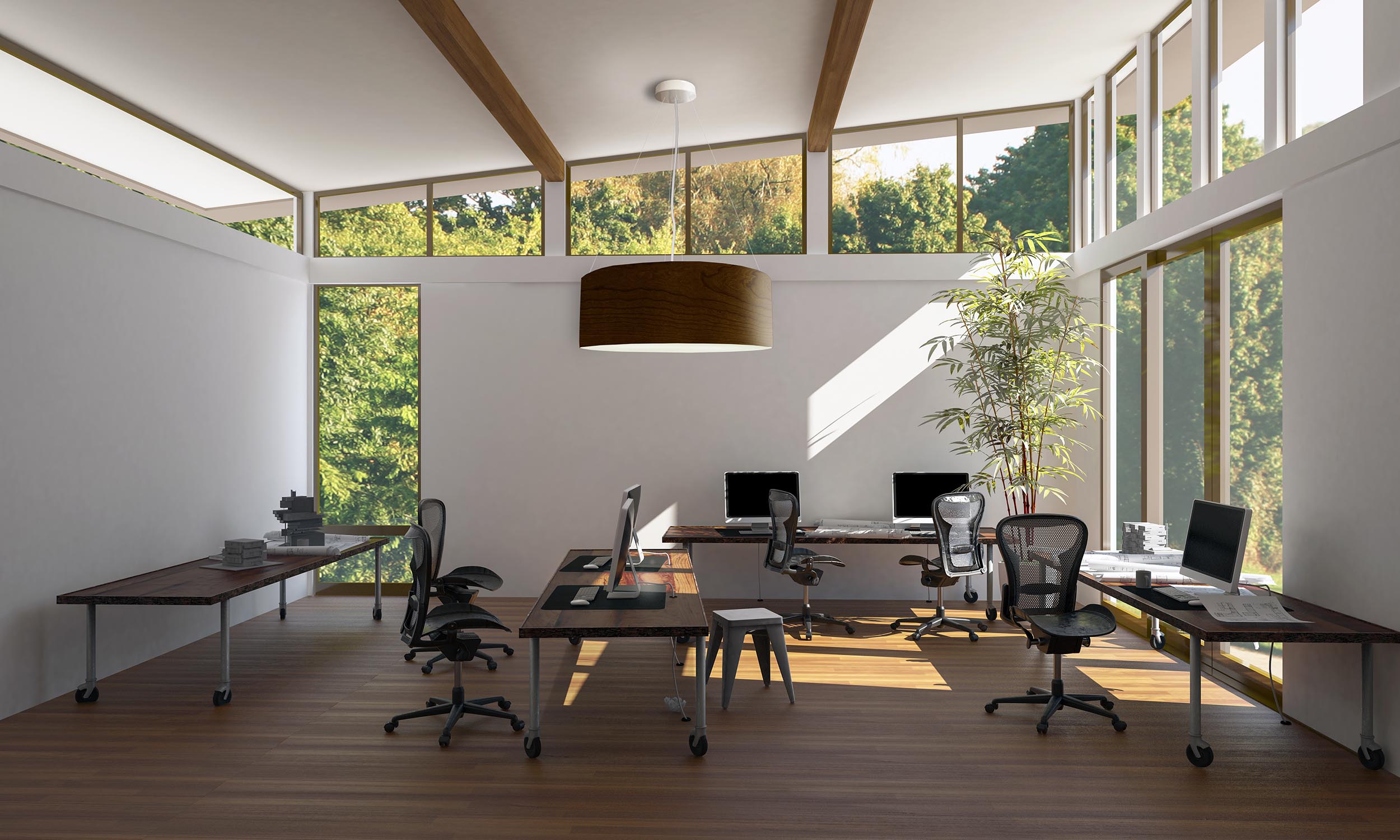
Green ideas influence modern architecture and interior design, and the awareness that the earth is a precious resource has made sustainable design more prevalent in recent years.
With a growing population and rumblings of climate change, many designers are taking greater care in adapting their ideas to work with the buildings natural surroundings.
A deeper understanding of sustainable design has created a new attitude towards using environmentally-friendly materials, techniques, and forms — and interior spaces are being made both sustainable and functional in order for people to live happier productive lives.
Studies have shown that employees working for organisations, who practice sustainability, tend to be happier and more productive in the work environment.
Similarly, the awareness and demand for sustainable design have created more restorative, positive retail experiences, positive social interactions in educational environments and a profound impact in healthcare design.
We’ve observed a few sustainable design trends that are redefining the way we build — and these indicate that 2018 has been a different sort of year for green buildings and a shift to meet the environments’ needs.
Biophilic Design: Focus on health and wellness
With 90 percent of our time spent indoors, there has been a shift from thinking purely about the environmental impact of the building industry to a desire to understand how the built environment affects occupants’ health and well-being.
A popular trend in recent years has been bringing nature and aspects of biophilic design into our buildings.
While sustainable design aims to create more eco-friendly buildings, biophilic design connects nature to the design of spaces — aimed at reducing stress, improving focus, boosting creativity and the general feeling of happiness, relaxation and well-being.
The world of work has also shifted greatly.
Traditional processes and environments are being reimagined with a renewed focus on end-user wellness and productivity.
Organisations looking to remain competitive and attract top talent have to keep up with the pace of change.
After all, businesses aren’t just competing for new customers; they’re also competing for the best employees. Research has shown the positive effects that green plants, exposure to natural light, and views of nature have on employees.
According to a study by Human Spaces, offices with natural elements can increase productivity by 8% and well-being by 13%.
In 2018, the trend has moved beyond the simple additions such as plants and live walls; rather, biophilic design transcends simple office layouts and styles, and has made a direct impact on contemporary architecture and commercial building practices.
More designers use natural elements as a framework to develop the spaces around them.
Additionally, biophilia sparks interest and appreciation towards nature and motivates people to protect and preserve it.
Google, for instance, does an excellent job of using biophilic design to improve the building’s sustainability, and has been repeatedly crowned as one of the best places to work.
Noticeably, many of their offices incorporate plants, reclaimed wood, water installations, views of nature, and even more exotic biophilic elements like rock walls.
Their offices are designed to maximise employee health and satisfaction and as a result, these workspaces are conducive to creativity, productivity and relaxation.
Most importantly, it reflects Google’s brand: purposefully up-to-date and always responsive.
Flexibility in space design and planning reduces the need for new buildings
There has been a greater demand for flexible spaces; hence we notice the rise of multi-use buildings that can serve a wide range of uses: offices can be event spaces; retail spaces can become community centers or simply pop up and pop down based on demand.
This design approach means that flexible spaces become sustainable and can change and adapt to new occupant needs — same resources, different uses.
The main principle of this approach is to plan the layout of the building that houses different content and amenities in one place, in the way that it can be used for different purposes, or adapted to different circumstances in order to reduce the need for new construction: the condo/hotel, the office/apartment and public/private open spaces and so on.
Amazon, for example, is including social services within their building to address the issue of local homeless population; hotels are incorporating workspaces for long-term corporate travellers and Microsoft is creating cities within a building to serve their tech employees.
As Building Design & Construction reports, multipurpose spaces and load sharing opportunities to fully leverage the power of mixed-use development has been a major concern for architects and interior designers this year and beyond.
Green certifications have gone mainstream
LEED is the most mature and undoubtedly the industry standard third-party certification in the world; however, in recent years we’ve seen more variety for certifying the sustainability, environmental friendliness and wellness of a building than ever.
The Living Building Challenge and WELL Building Standards have a biophilic focus and encourages built environments that are self-sufficient and beneficial to natural systems — while FSC Project Certification requires timber used to be FSC certified.
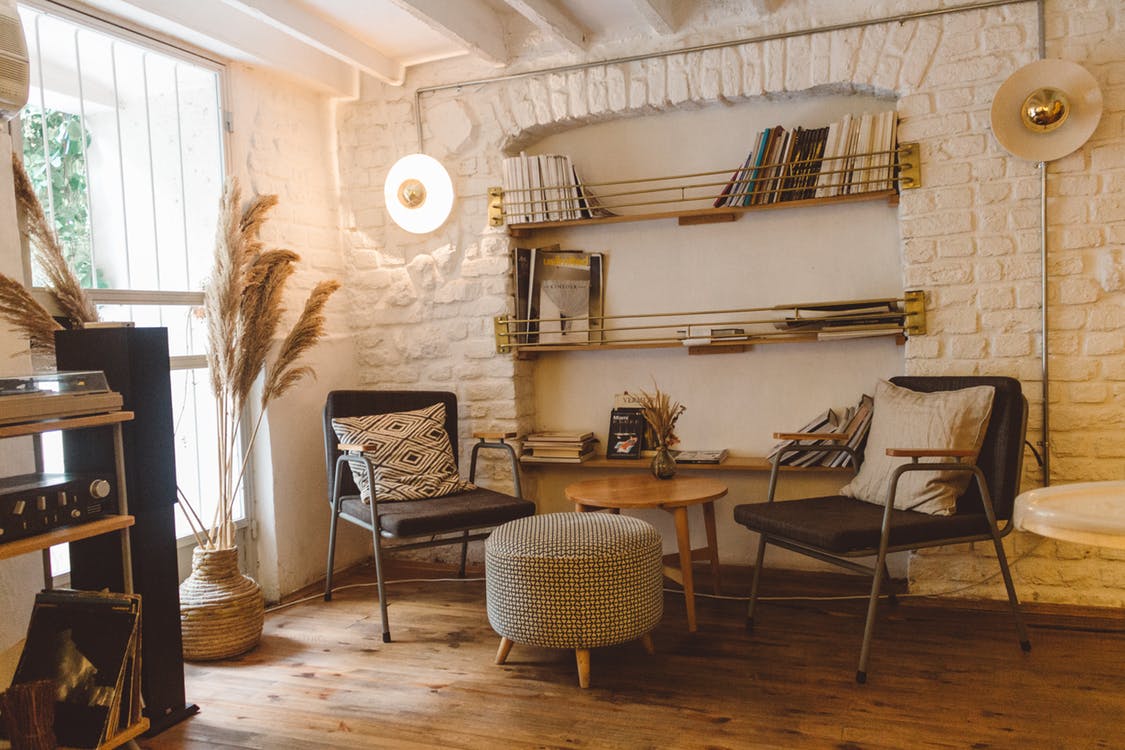
It is no secret that reclaimed wood is everyone’s favourite. It’s cosy, warm, and makes your space look elegant. Besides flooring, the reclaimed wood is also used for the furniture. It adds instant charm and glazes to the spaces.
Are you planning to infuse your home with a touch of sparkle, a little bit of grace, and loads of happiness?
In this article, we have incorporated ten reclaimed wood furniture ideas to make a statement. To know more about it, keep scrolling!
1. Reclaimed Wood Dining Table
Mostly, our dining rooms go unnoticed, as there’s no attractive feature. Don’t you think it calls for attention? Whether you like to have a formal style or family friendly, adding a reclaimed wood dining table will bring inspiration.
These reclaimed wood dining tables come in all shapes, size, and texture. It is made from the 100% reclaimed timber.
If you are looking for a dining table that perfectly fits with your interior, then reclaimed wood dining table is the best. It also highlights the natural beauty of the wood that is sure to catch the attention of everyone.
2. Reclaimed Wood Cabinet
A reclaimed wood cabinet is one of the most important furniture pieces in the kitchen. It helps you in staying uncluttered and organized. Moreover, it free ups the space in the kitchen and keeps the utensils at an accessible place.
There are large varieties of reclaimed wood cabinet available. Some are for décor purpose, which are for tiny space and hooks to hang the mugs. While, there are other cabinets, which has multiple facility and drawers for storage.
Hence, select the cabinet that goes well with the home decor and fulfils all the utility.
3. Reclaimed Wood Shelf
The best part about the reclaimed wood is that it gives a rustic feel yet refined. A reclaimed wood shelf is another idea that you can have for your home. In fact, if you prefer something really simple and wishes to make it on your own as DIY then what better than a wood shelf?
All it takes is cut the wood according to the desired dimensions. Next, mount the shelves on the wall. Isn’t it simple?
You can use it in your living room as a perfect alternative to the boring shelves. It is sturdy, chic, and gives an inspiring look to any room.
4. Reclaimed Wood Mirror Frame
There’s nothing more exquisite than a full-length mirror. But when the mirror is converted into, something phenomenal with the reclaimed wood, then it certainly stands out.
It makes the living space cosy and brings the country-style charm to the home. It’s not necessary to have a full-length mirror; you can have any size of mirror for any corner of your home.
5. Reclaimed Wood Headboard
The headboard brings the aesthetic character to the bedroom. Overall, it is an important element that shall uplift the interior of your master bedroom. It doesn’t have to attract enough to lead an impression.
In fact, a simple reclaimed wood headboard will look more cosy and stylish.
To add more character you can have different texture and colour combination of the headboard.
6. Reclaimed Wood Coffee Table
Having a coffee table in your home awakens the earthy feeling. Moreover, if it is made of reclaimed wood then it will give a wonderful contrast with the interior.
The size of the coffee table varies from one to the other. Likewise, the look and the texture also differ. Hence, think about what kind of coffee table will match up with your filtered choice.
7. Reclaimed Wood Pallet Bench
Reclaimed wood pallet has been used around for decades. Lately, it has turned into a useful resource for the furniture inside the home. One of them is the pallet bench. It is functional for both indoor and outdoor usage as a simple and classy look. One can customize it and change according to the interior style.
Ensure that you have the bench of two-pallet layer for more comfort and it becomes a storage option for many items.
8. Reclaimed Wood Lounge Chair
Everyone loves to laze around as soon as they come back home after a hectic day. What better than relaxing in a reclaimed wood lounge chair? Made from the purest wood, it shines through the home interior.
Be certain to add premium cushions to increase comfort. For a sleek and sophisticated look, update the reclaimed wood lounge chair with the upholstery that decks up well with the interior.
9. Reclaimed Wood Porch Set
We all know that “the first impression is the last impression.” To make a lasting impression on the guests and friends, get a reclaimed wood porch.
There are various kinds of porch set available. From 3 piece to 5 piece and more, you can find your perfect porch set made with the reclaimed wood. We would highly recommend you to go for a neutral colour palette as it adds a modern aesthetic and contemporary look.
10. Reclaimed Wood Beams
Last but not least, reclaimed wood beams. The natural beauty of the wood will dramatically improve the room décor.
It also gives a warm feeling yet maintaining the classic look. Whether you want an exterior wood beam or interior wood beams, it is sure to lend a robust structure to your space.
There are wide varieties of options, which will create a stunning look. Additionally, there are accessories to use with the reclaimed wood beams like corbels, straps, and more.
This will kindle a delightful sight that impeccably matches with the home interior.
Some of the greatest pieces of furniture are the one that has been made from the reclaimed wood. Known for its history, this wood is all about charm and sheer elegance. It can turn from something simple to the functional furniture.
In the above-written article, we have narrowed down 10 reclaimed wood furniture ideas that you can have it without breaking your bank. If you choose on decorating the home with the reclaimed wood, don’t miss the above furniture ideas.
Also, do share the article and we would love to hear your thoughts on the subject in the comment section below.
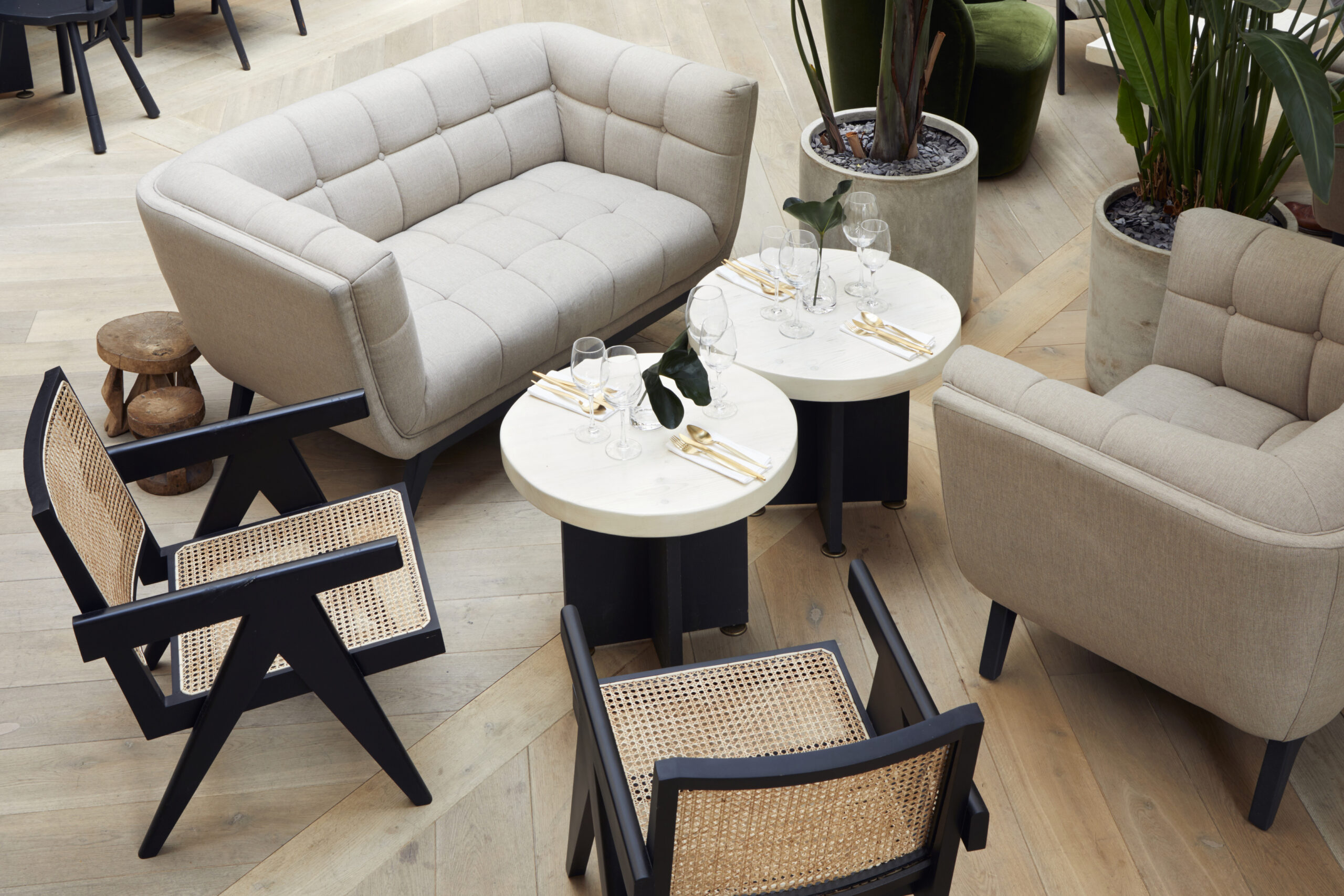
Whether you are planning the interior of your new home, looking for tips on renovating your bathroom on the cheap, or simply after some good, old-fashioned style; interior design websites offer you all the inspiration you need. Below are the top 15 interior design websites that are guaranteed to inform and inspire.
Houzz
Houzz helps you make your house a home; with the largest collection of home improvement ideas and designs for every room. Its formidable database features millions of images for every preference; from room concepts and trendy furniture to garages, sheds and outdoor living.
What’s more impressive about this site is that users can create an “idea book” that revolve around their favourite designs and aesthetics for future reference. Beyond the stunning images, the site helps you to dig deeper by providing contact information for service professionals and a corner guide to assist you through styling, lighting, remodelling and decluttering your home.
Freshome
Freshome is a go-to destination for those who are seeking to improve, organise and style their homes. What makes this site so unique is its perfectly balanced posts; covering daily inspiration and advice on home renovation, design concepts, furniture, outdoor living; and connects you with like-minded design and construction professionals to help make your dream home fantasies a reality.
Decor8
Launched back in 2006 by American international best-selling author, journalist and stylist Holly Becker; Decor8 has quickly become a premier for all things interior design.
It’s a trusted source and the ultimate little black book for decorating tips, objects, colours schemes, DIY and much more. With over 1.5 million daily visitors, the site also features fresh original decorating pieces, often from Holly’s travels around the world. In addition, there is an online forum for sharing and exploring ideas and inspiration.
Design Milk
A visually appealing online magazine dedicated to modern living. If you are looking to design your space, Design Milk will help you nail the finishing touches.
It offers all things new in the world of art, interior design, architecture, travel, fashion and technology for your perusal. Design Milk is not a purchase site — the site presents detailed case studies and a reference point with useful advertisement links to relevant blogs and sites so that you can inquire directly.
Design*Sponge
Curated by writer Grace Bonney, Design Sponge focuses on the creative community and showcases beautiful homes, objects, trends, case studies, as well as the people behind them.
Since its inception in 2014, the site has become a great source of inspiration with over 1 million readers per day across social media platforms. The New York Times has recognized Design Sponge as the “Martha Stewart Living for the Millennials”.
Amber Interiors
With her unique personal touch, California-based designer Amber Lewis epitomizes what it means to live a stylish life. What started off as a first-time homeowner blog has since transitioned into a successful full-service residential interior design site; providing clients with practical solutions for design and architectural challenges. Her keen curatorial eye for modern bohemian aesthetic, earthy textures, colourful fabrics and patterns are enough to pull you in; and tips on design, trends, style and accessories are enough to make you stay.
Archilovers
For a frequently updated online platform dedicated to interior design and architecture, give Archilovers a visit.
Not only does it highlight the latest on design projects, product reviews and recommendations; it also offers users the opportunity to create their own professional profile, post projects and share their talent for free. If you are keen on growing your professional network and exchange opinions and interests, then this is an excellent site for you.
Laurel & Wolf
A visit to this site is pretty much guaranteed to evoke moments of home and lifestyle envy.
Laurel & Wolf is definitely an eye catcher; with useful interesting insights including residential and commercial tours, celebrity homes, DIY and décor tips. In addition, Laurel & Wolf provides a platform that connects e-designers with people eager for affordable, quality design and practical solutions on a range of different interior styles.
Apartment Therapy
A complete all-rounder — Apartment Therapy is one of the oldest and most well-known home decor and design website.
Founder Maxwell Ryan, an interior designer and life coach, launched the site back in 2001 and has since been an influential source for polished, authentic interiors. So whether your home is a 750 square feet or 3500 square feet, it has a wealth of ideas to transform every corner and space. It also offers members a platform to post comments, ask design questions and discuss styles with design professionals; a key aspect that makes this site worthy of a bookmark.
Style by Emily Henderson
Created by stylist, author and TV host, Emily Henderson shares her tips on interior design and styling — and shares engaging content on everything you need to know about bringing gorgeous and fresh design to your home. From room reveals and shoppable stories to colour schemes and innovative trends — you have everything at your fingertips.
Lark & Linen
Curated by Toronto-based interior designer Jacquelyn Clark, Lark & Linen is an excellent mix of home decor, DIY and tips & tricks all rolled into one to satiate your design needs. She believes a home needs to be usable, livable and completely you; and her style is all about approachable luxury. Choose from numerous articles on a range of interior design topics; and a little bit more that includes recipes and fashion. Each post is beautifully highlighted by artistic photos of cosy bedrooms, alluring living rooms and enticing kitchens.
House beautiful
House Beautiful was first published in the US in 1896, and launched in the UK in the early 1950’s. Now it connects millions of online readers across the globe with ideas and inspiration not only to create stylish living spaces, but also improve their quality of life by learning and understanding the basic elements of a good home.
This online magazine covers it all; from home interiors and lifestyle to seasonal tips and useful shopping guides.
Design Hunter
A destination for those looking to explore contemporary interiors, architecture and lifestyle products; Design Hunter boast a minimalist setting with carefully curated edits of news, finds and inspiration. What makes this blog unique and truly exceptional is the quality of photography and the expert eye that author Helen Powell has for striking and eclectic places and objects.
Designer Man Cave
What makes Designer Man Cave so interesting is that it combines lifestyle, design and masculine touch to inspire and assist men to live their best-designed life. Created by Sydney-based Australian decorator Kate Abdou; it also offers interior design services to those looking to transform their home into a stylish, unique and inspiring sanctuary.
Inhabitat
Founded by designer Jill Fehrenbacher, Inhabitat is a site devoted to the future of design, and it emphasizes on topics that are cutting-edge, high-tech, innovative and green.
Inhabitat is dedicated to solving the world’s most pressing problems by bringing to the surface some of the most environmentally-friendly and forward-looking trends through the power of smart design. Here, you’ll find product reviews, design tips and recommendations with a similar “good design is green design; green design is good design” theme.


